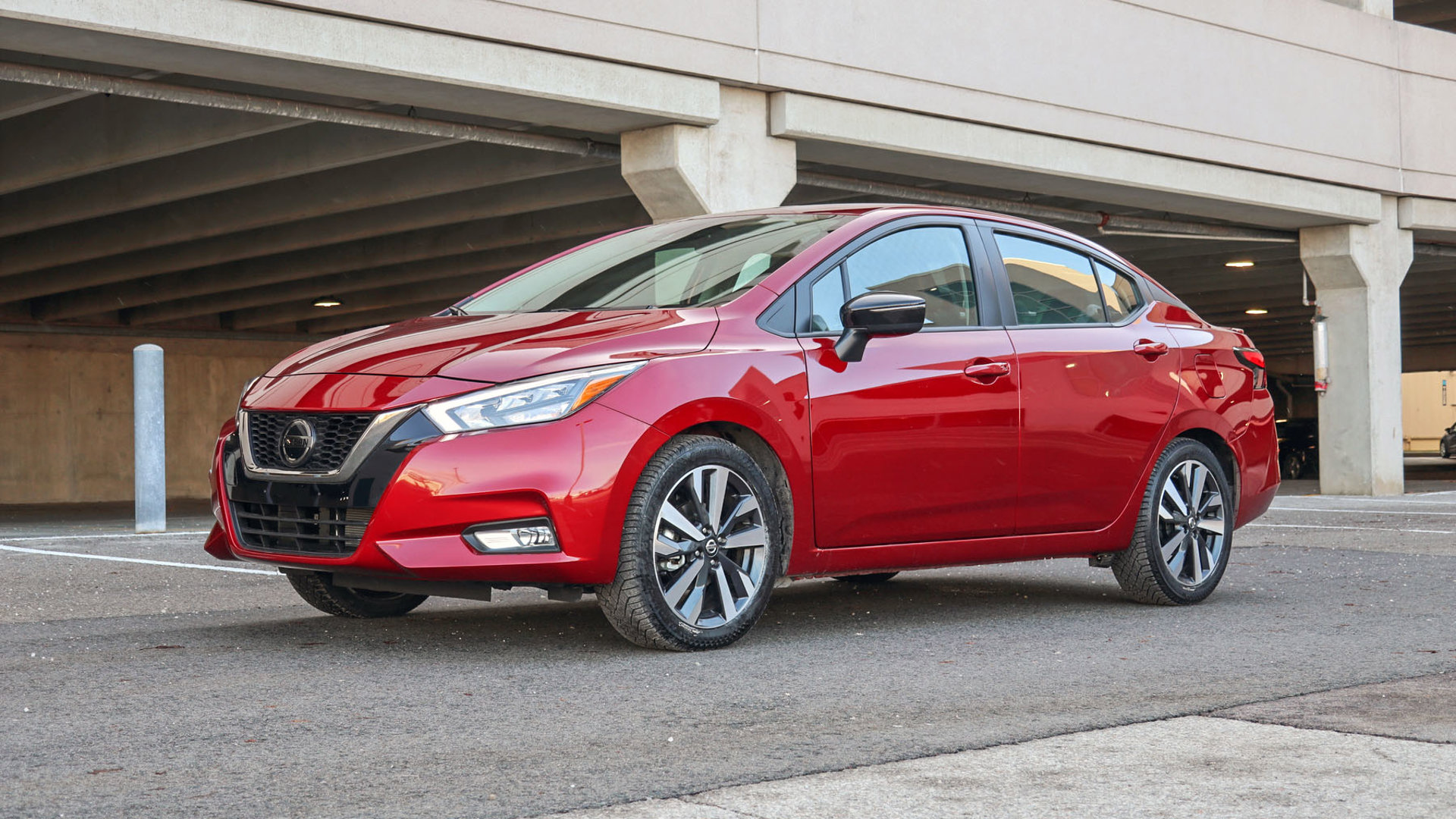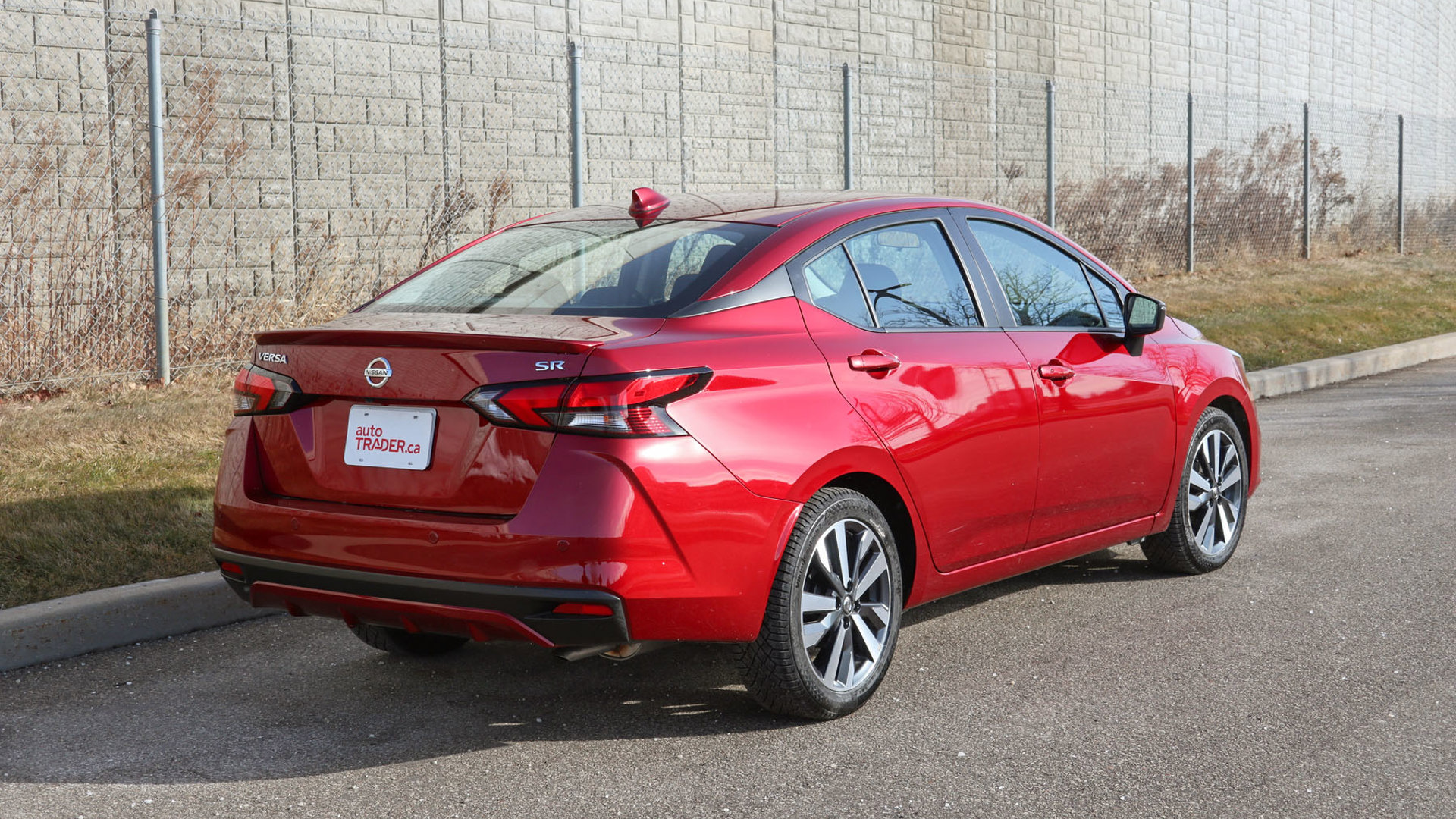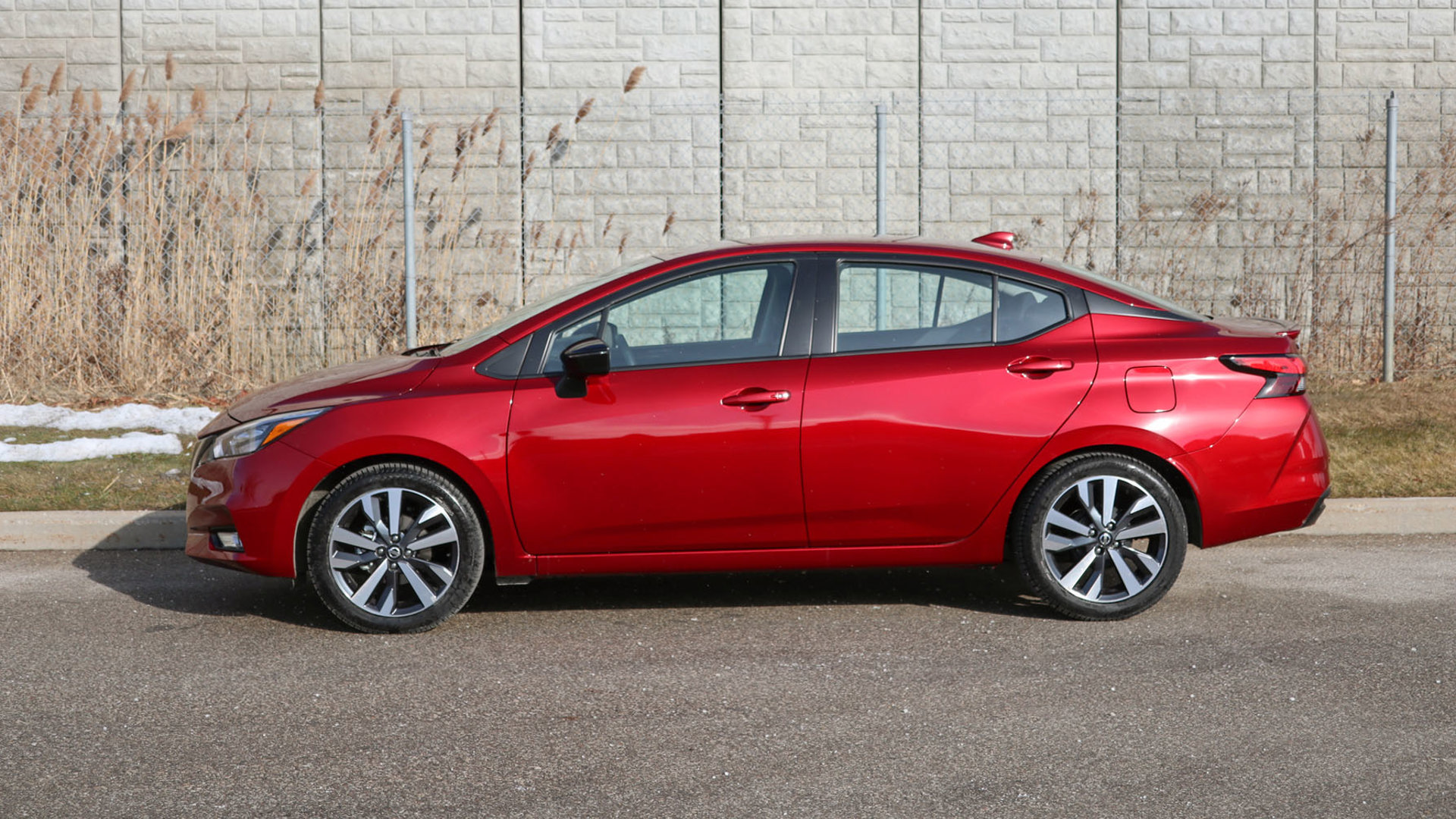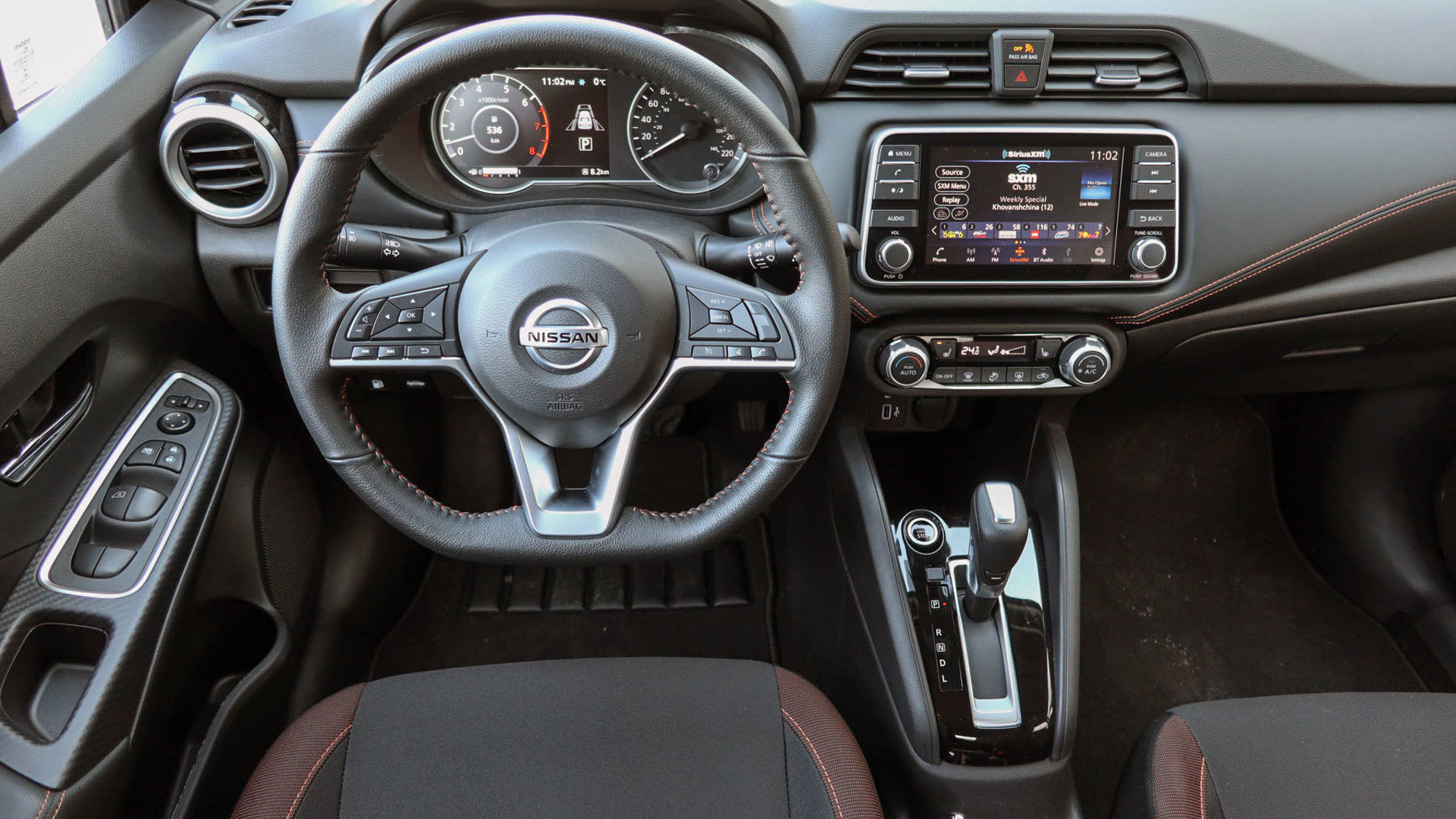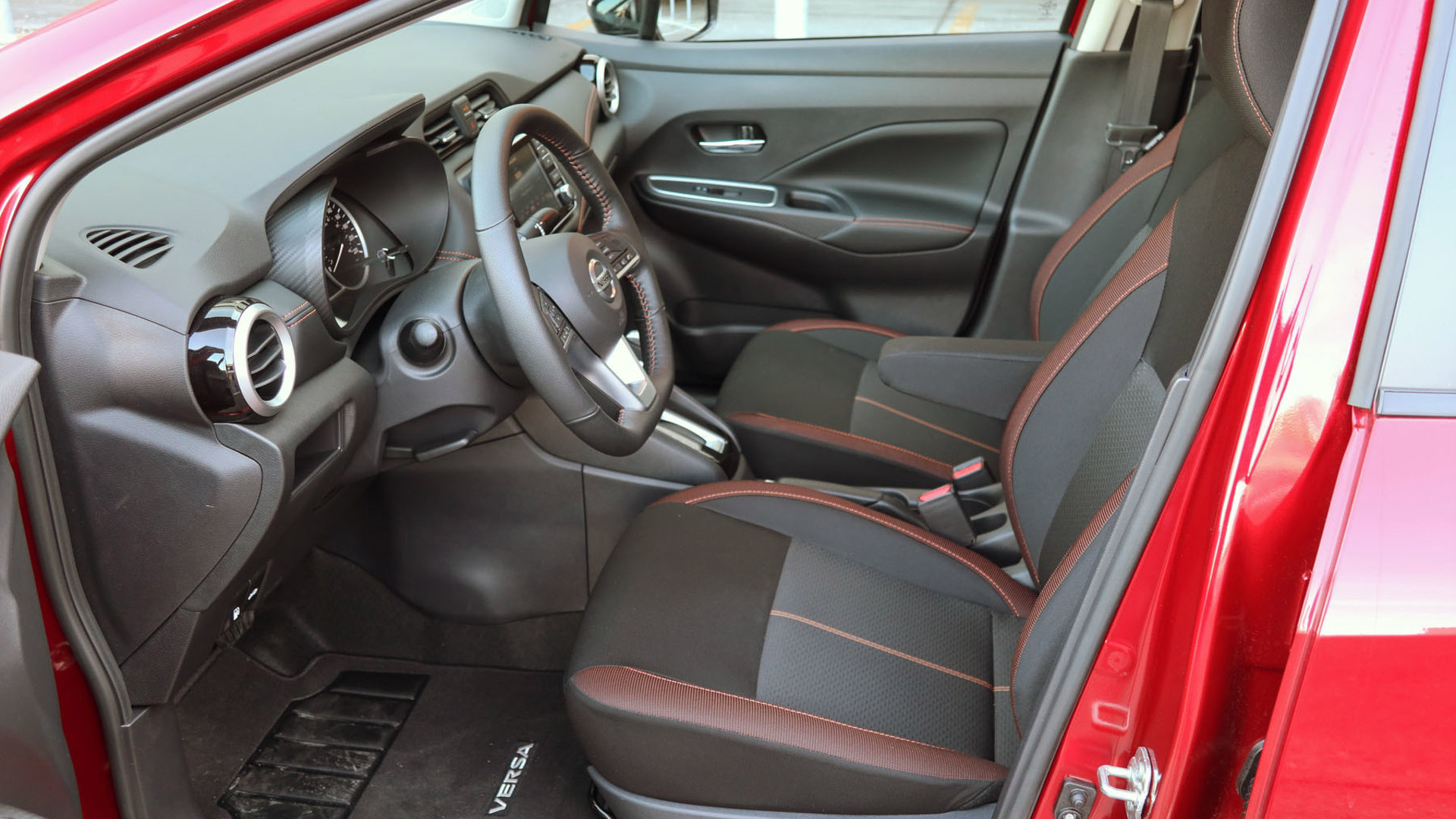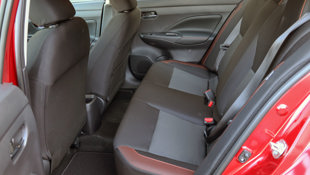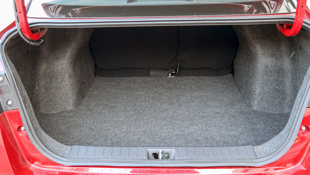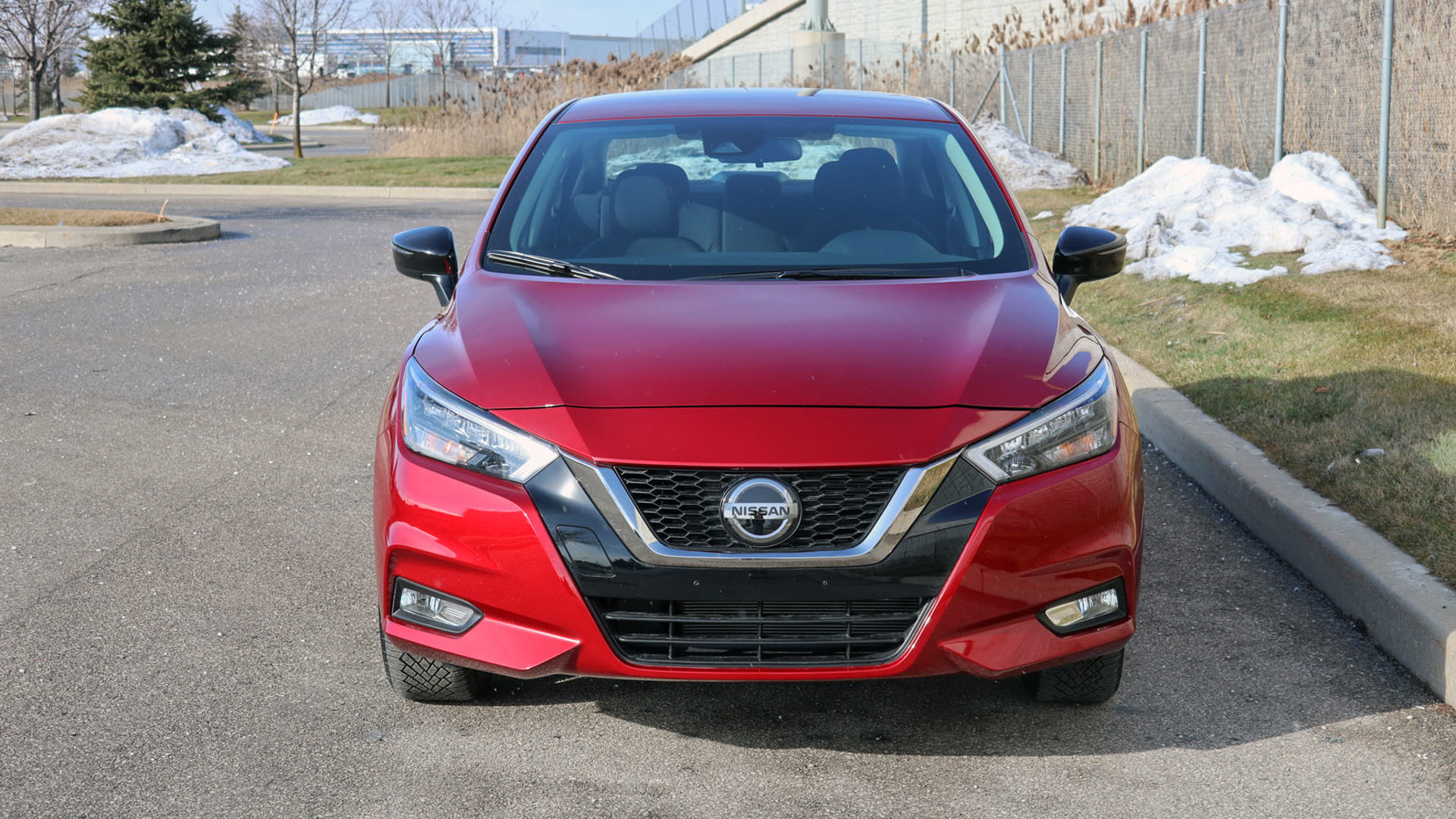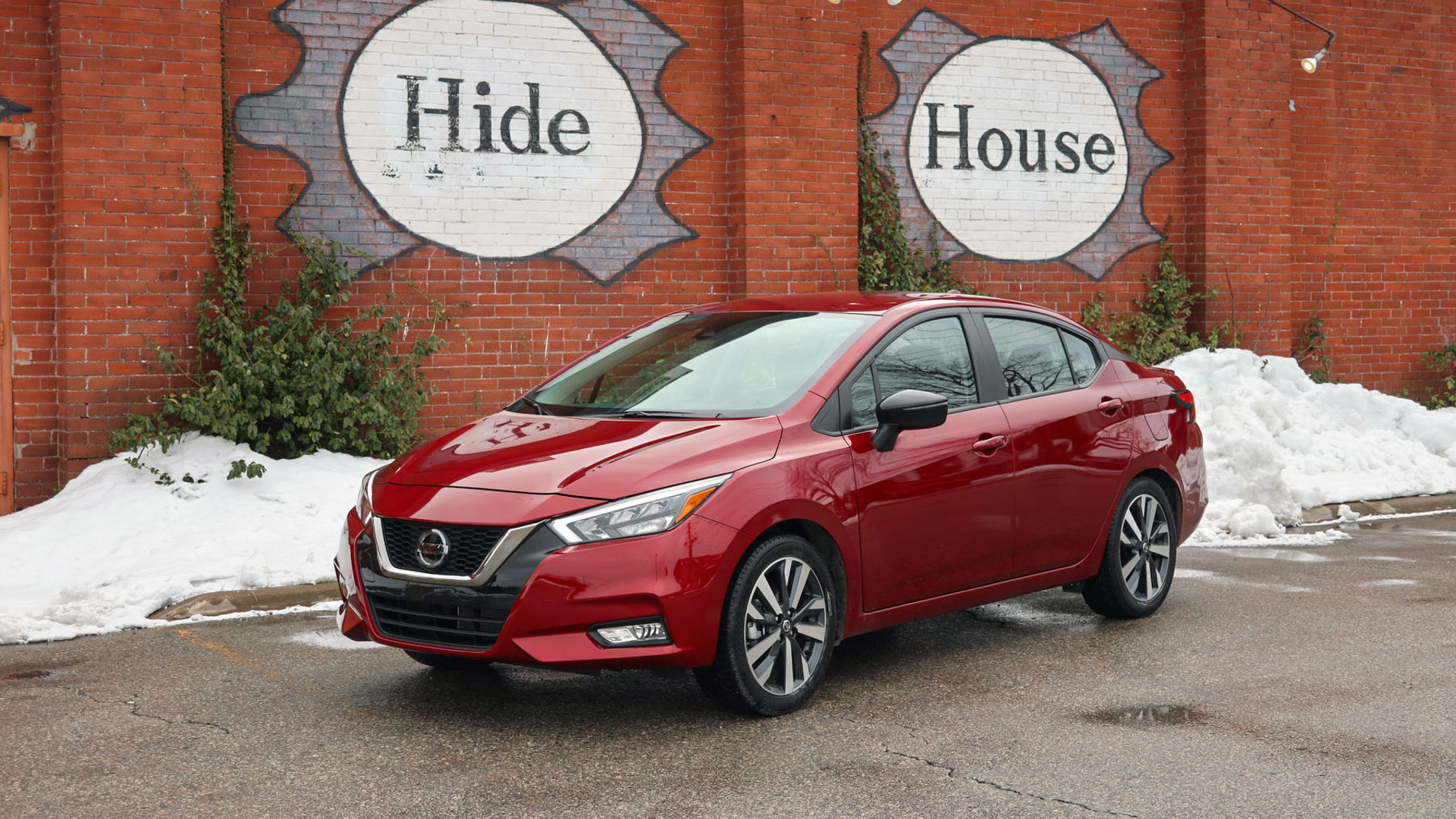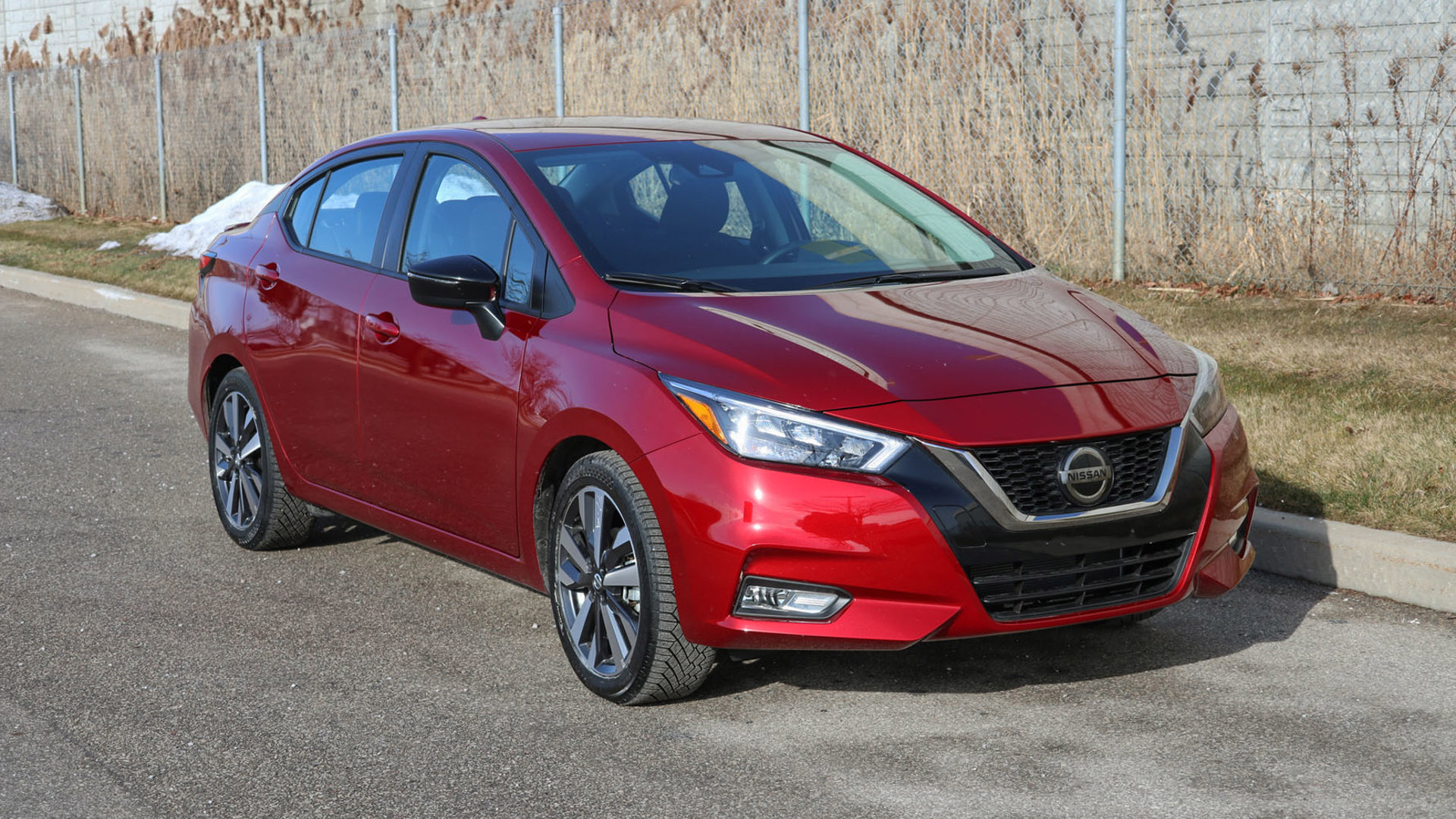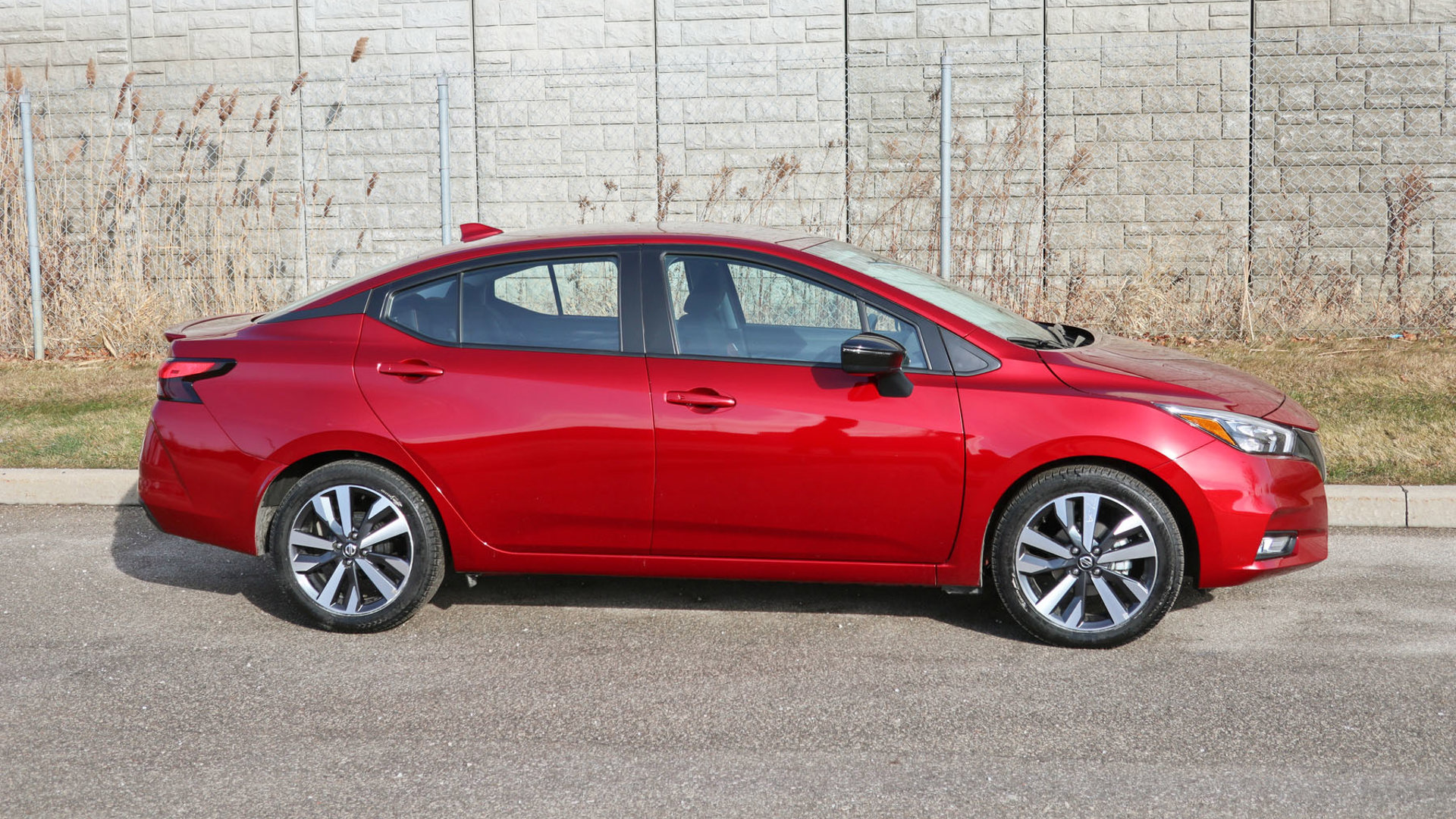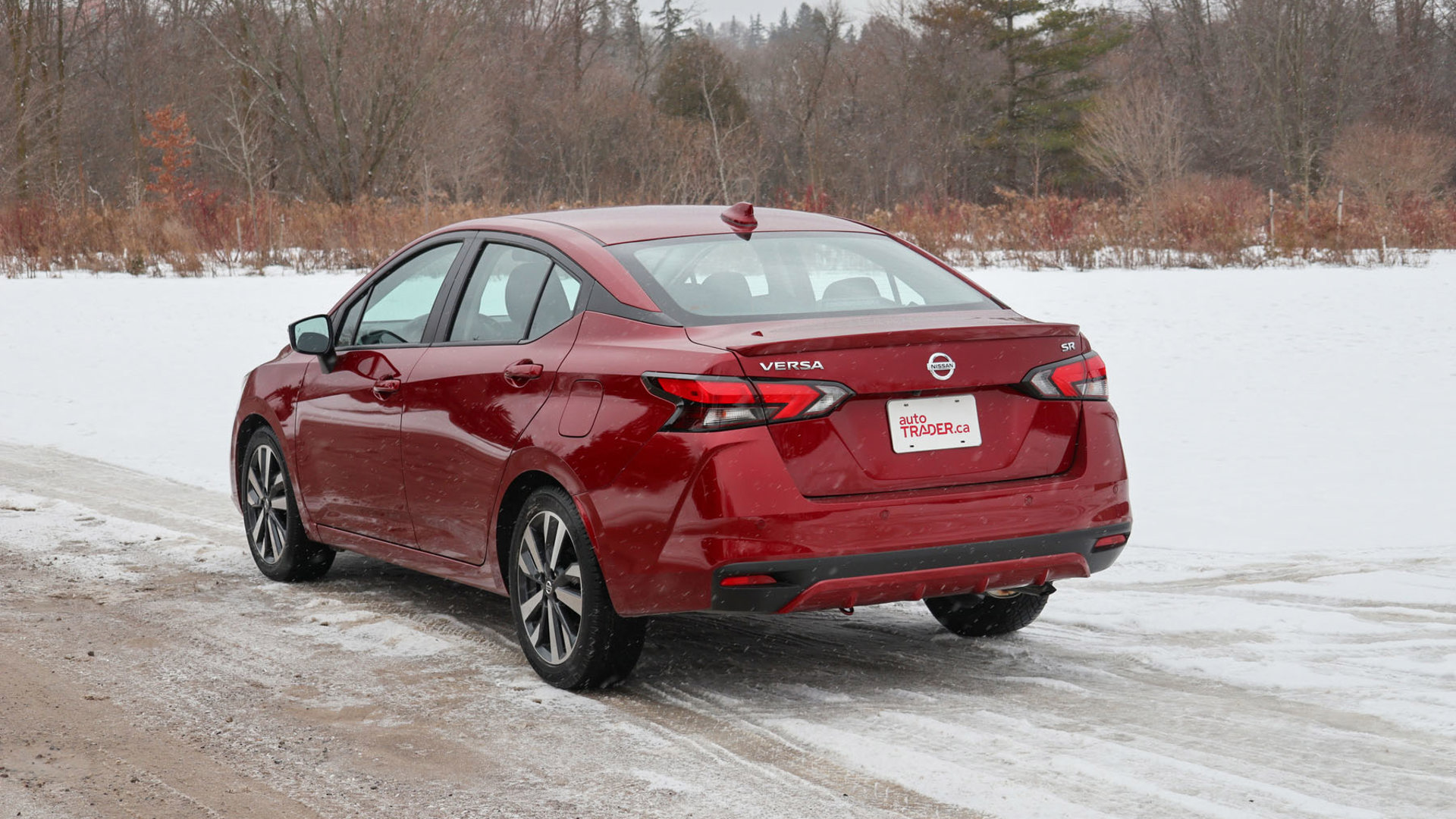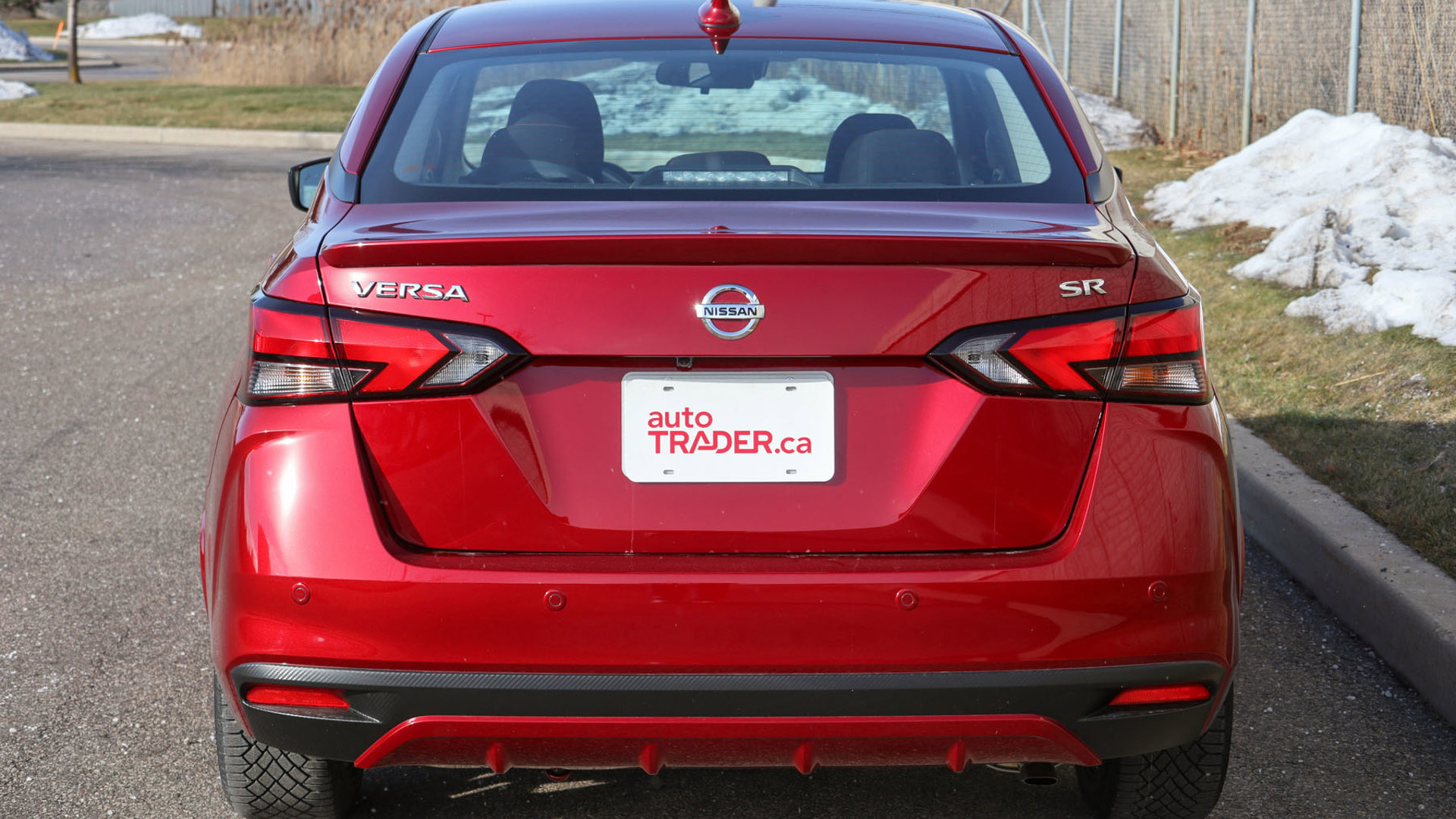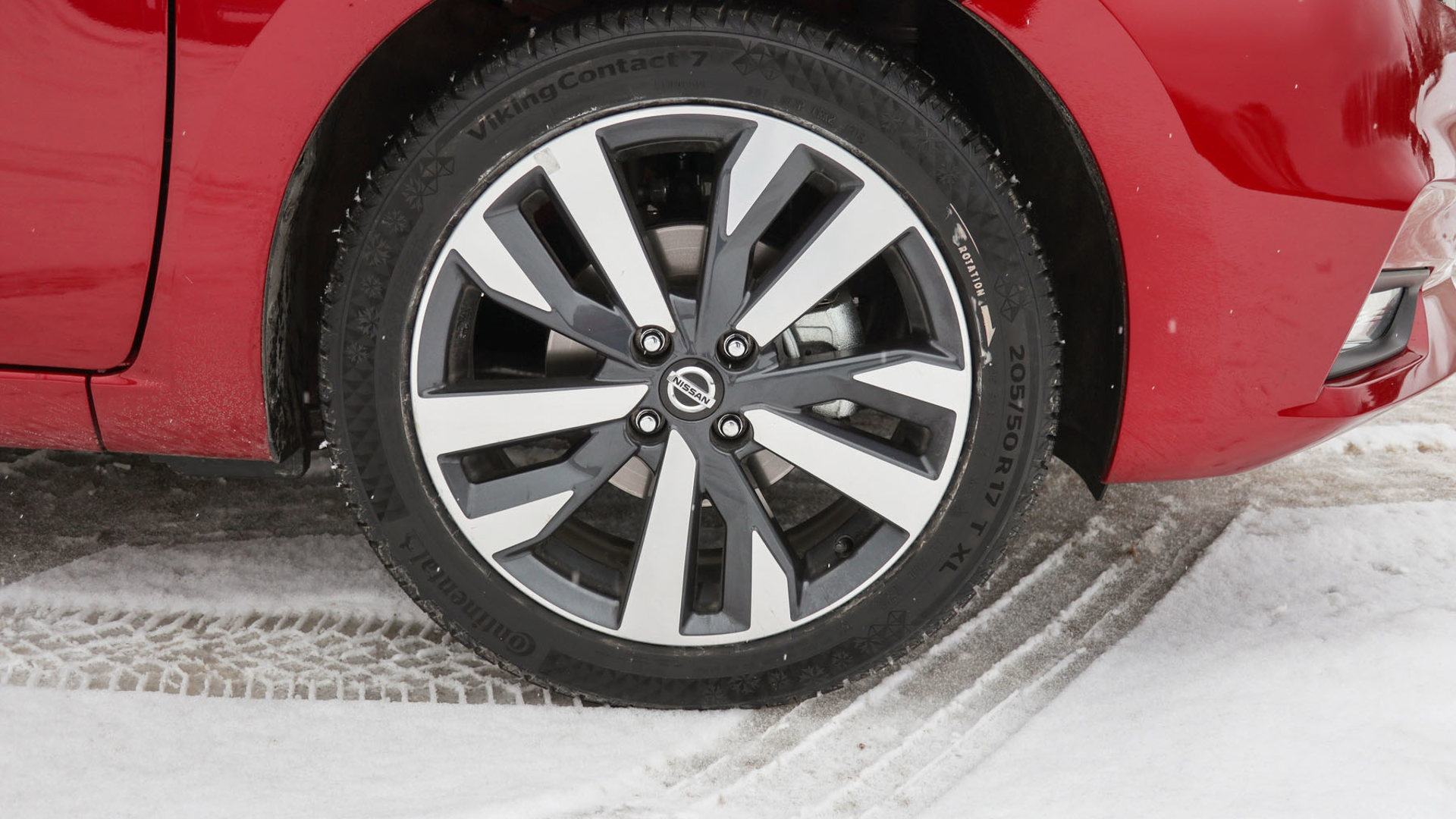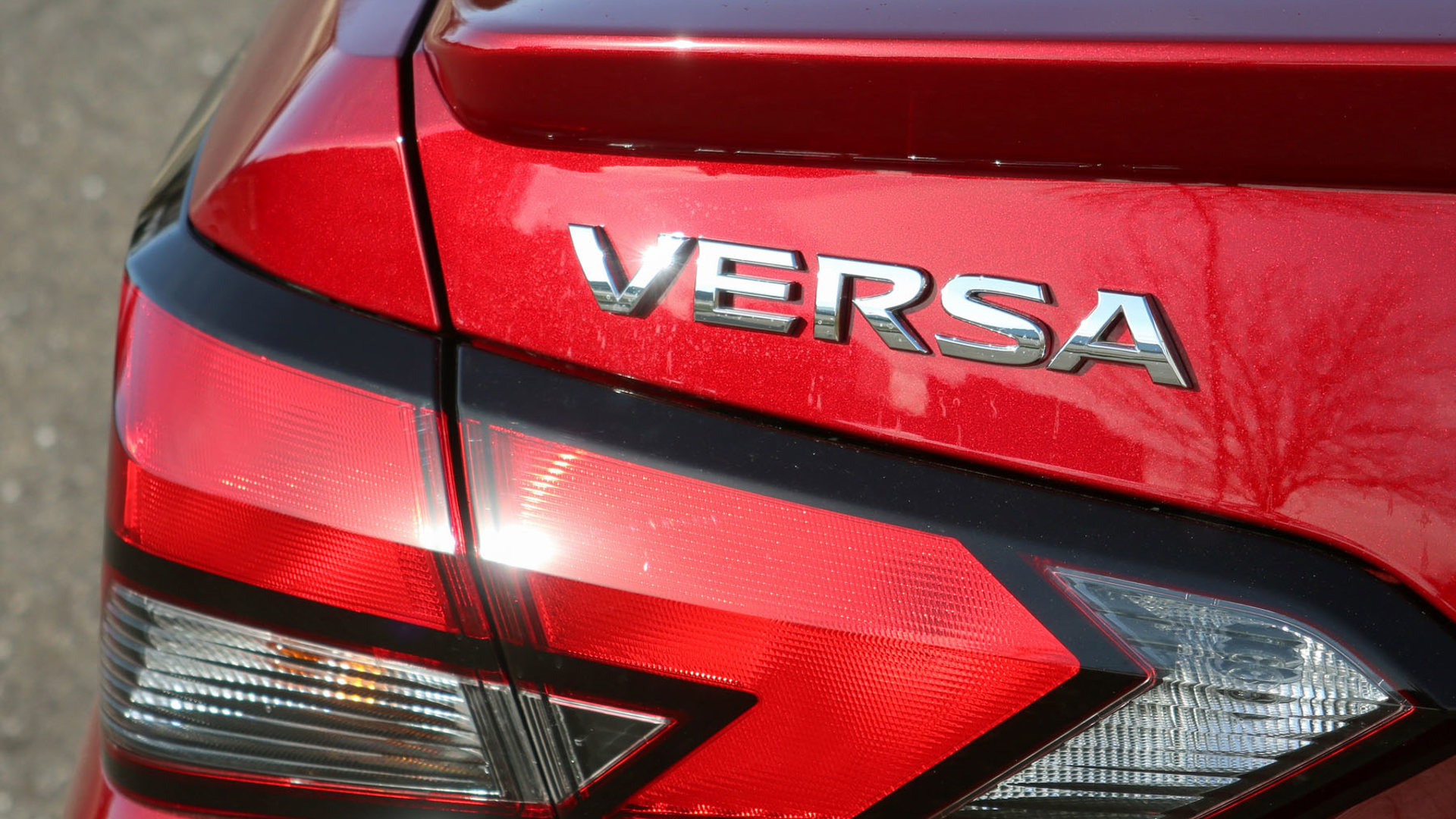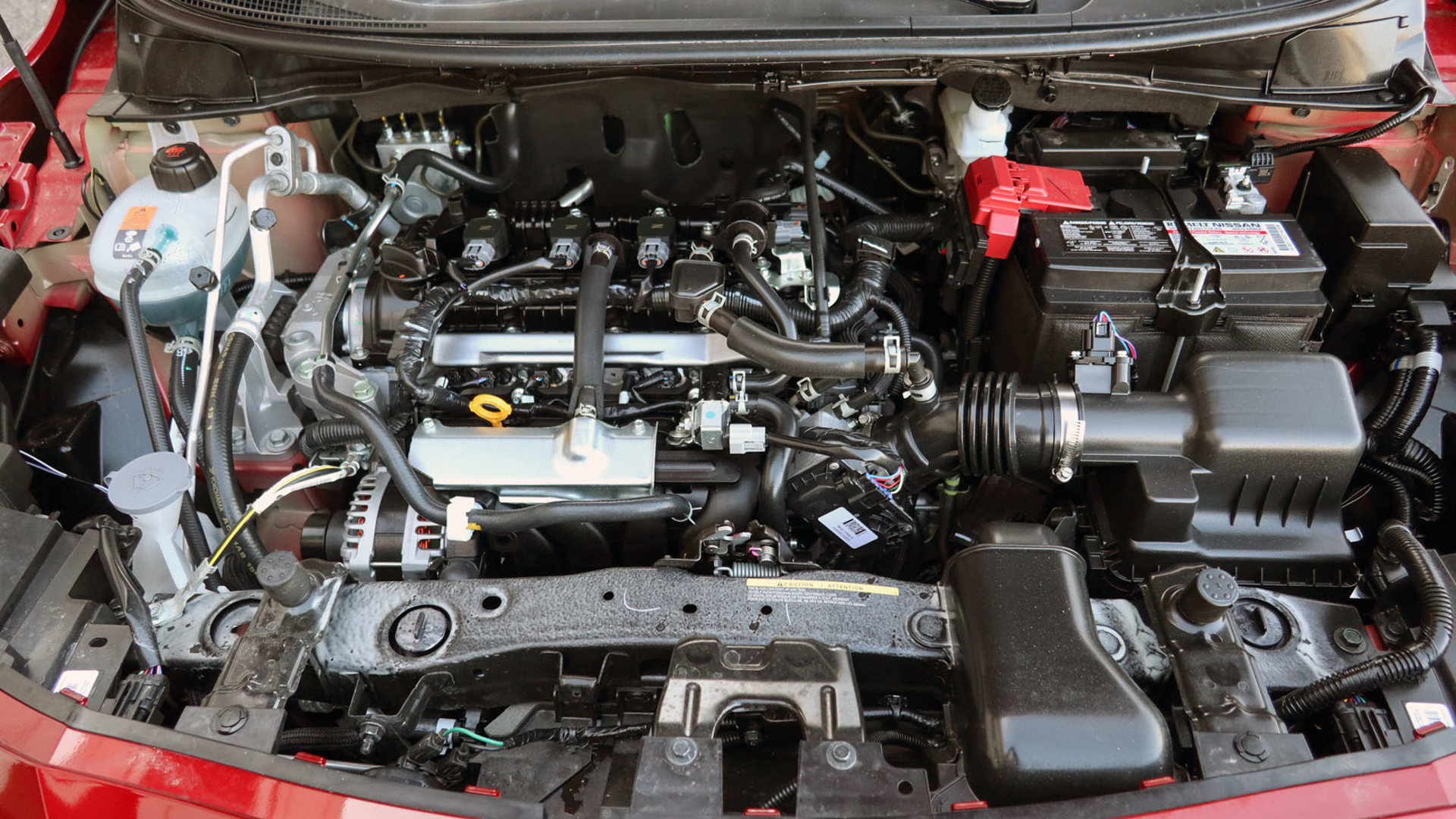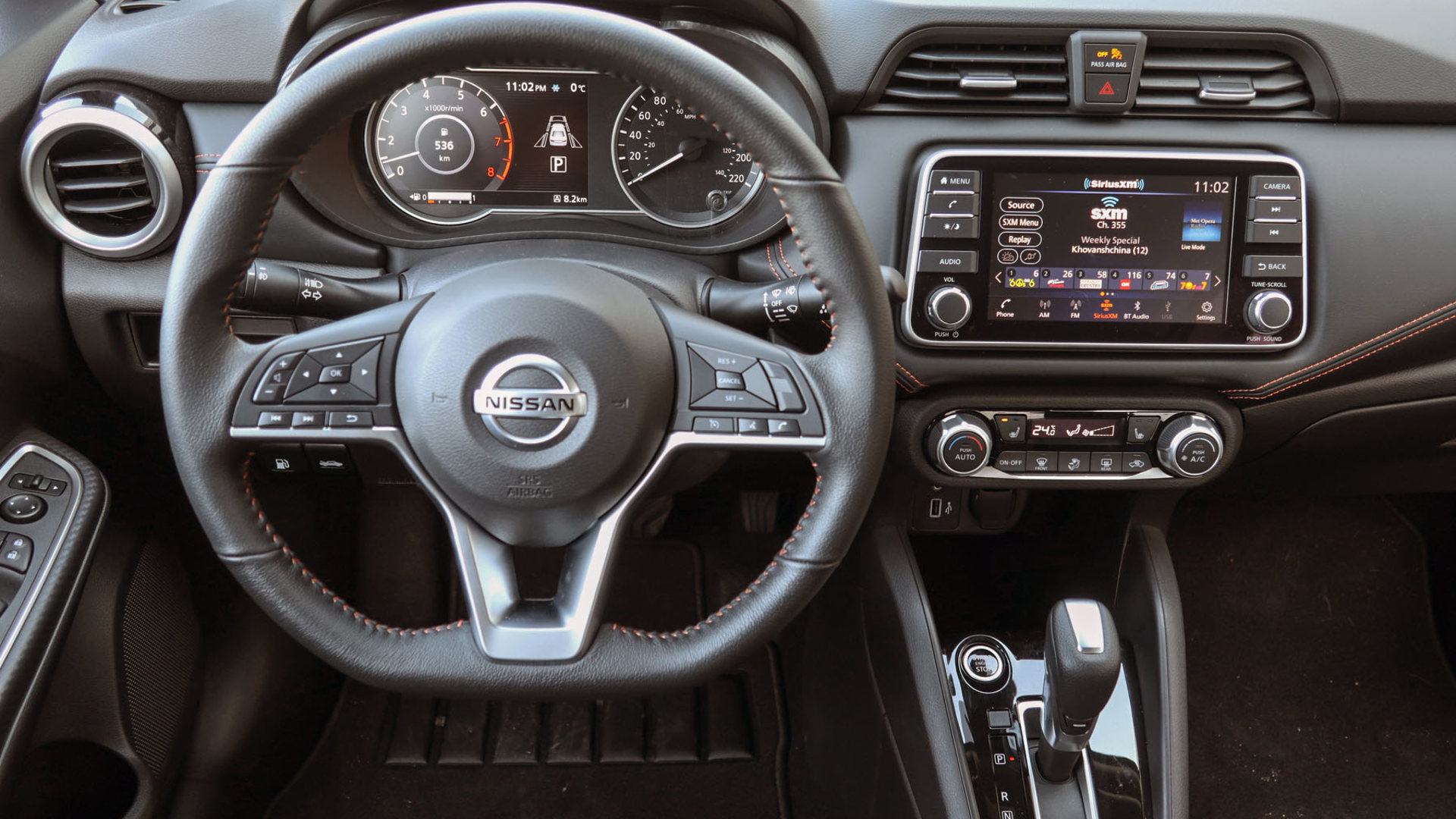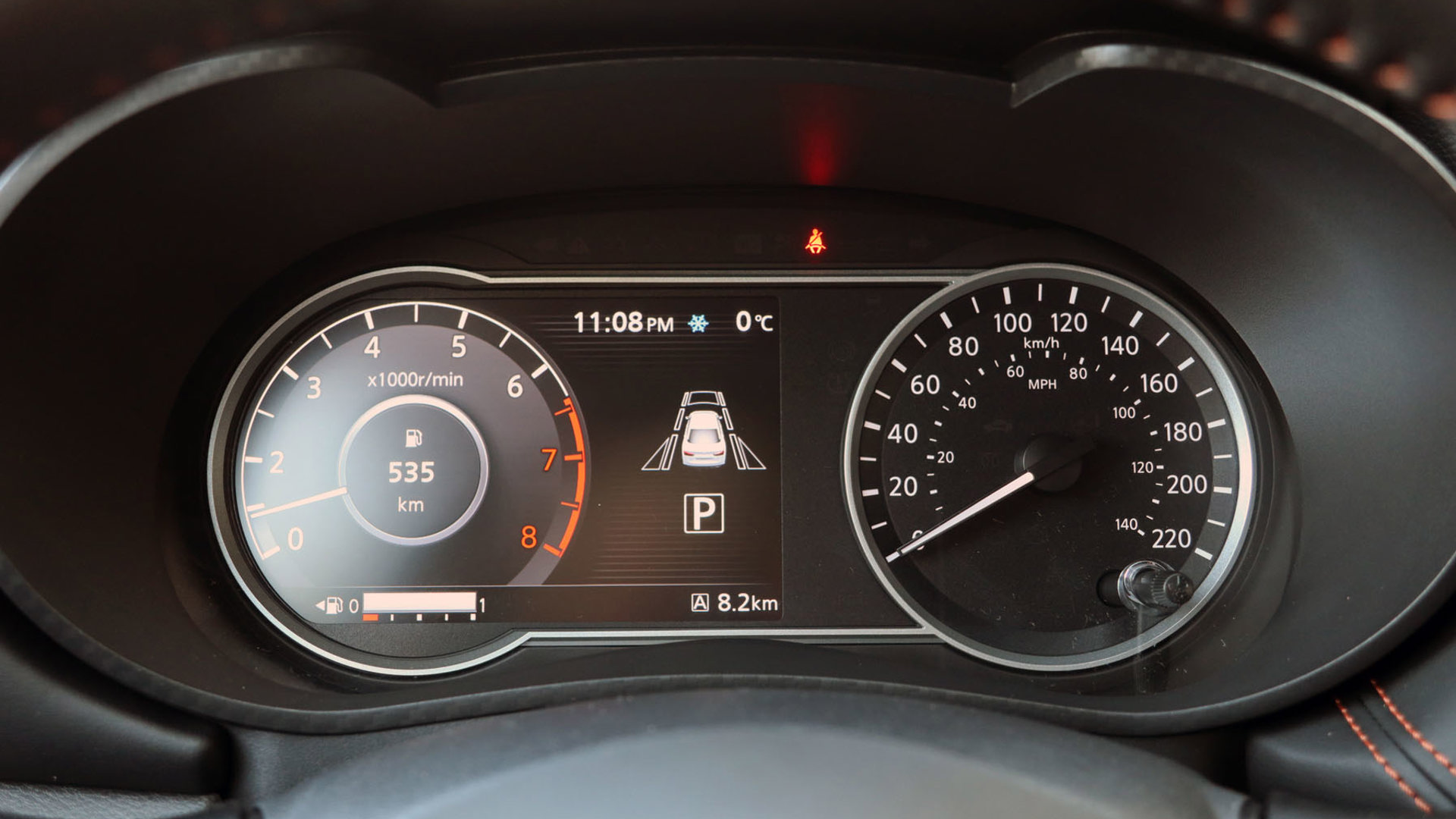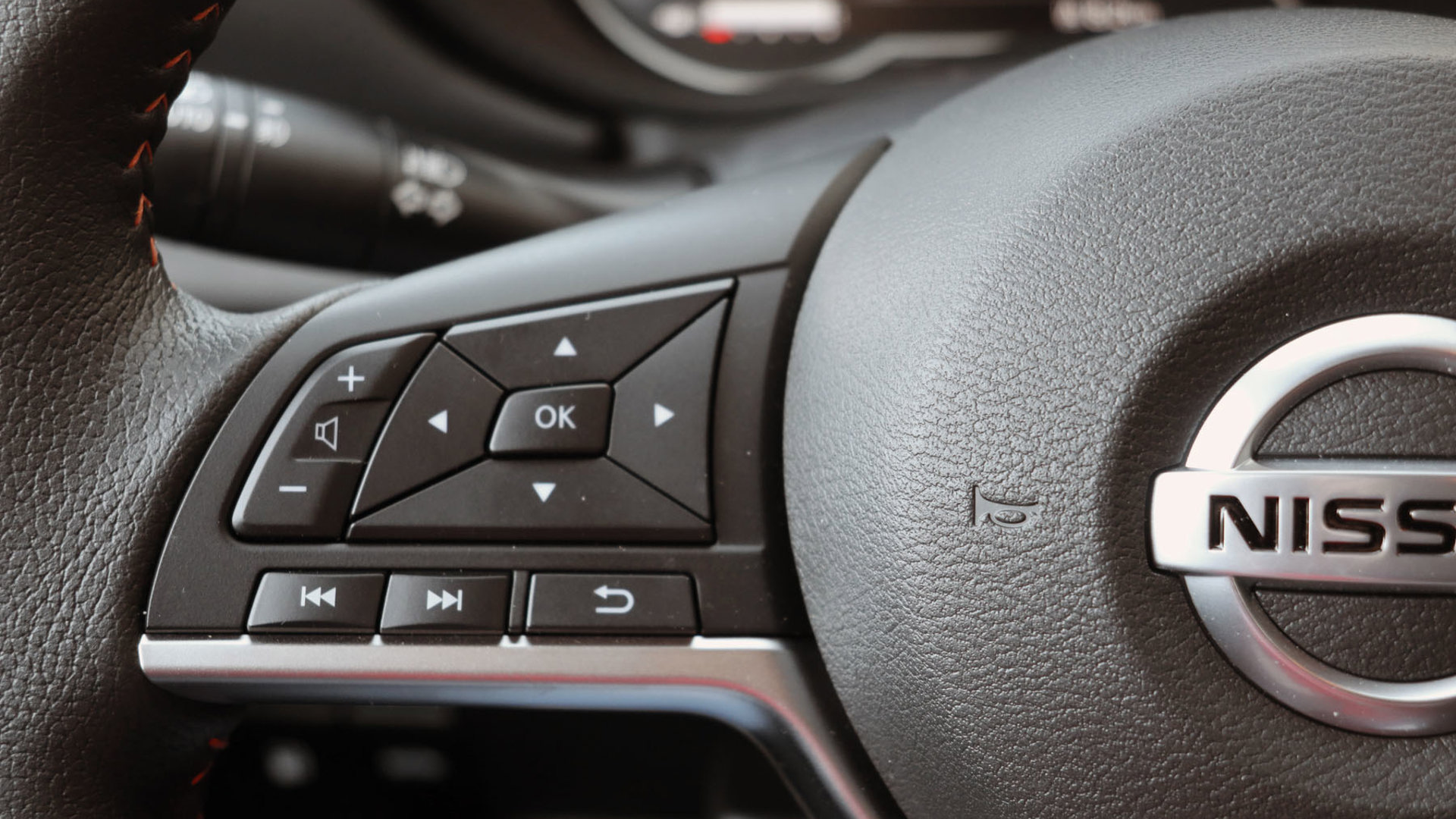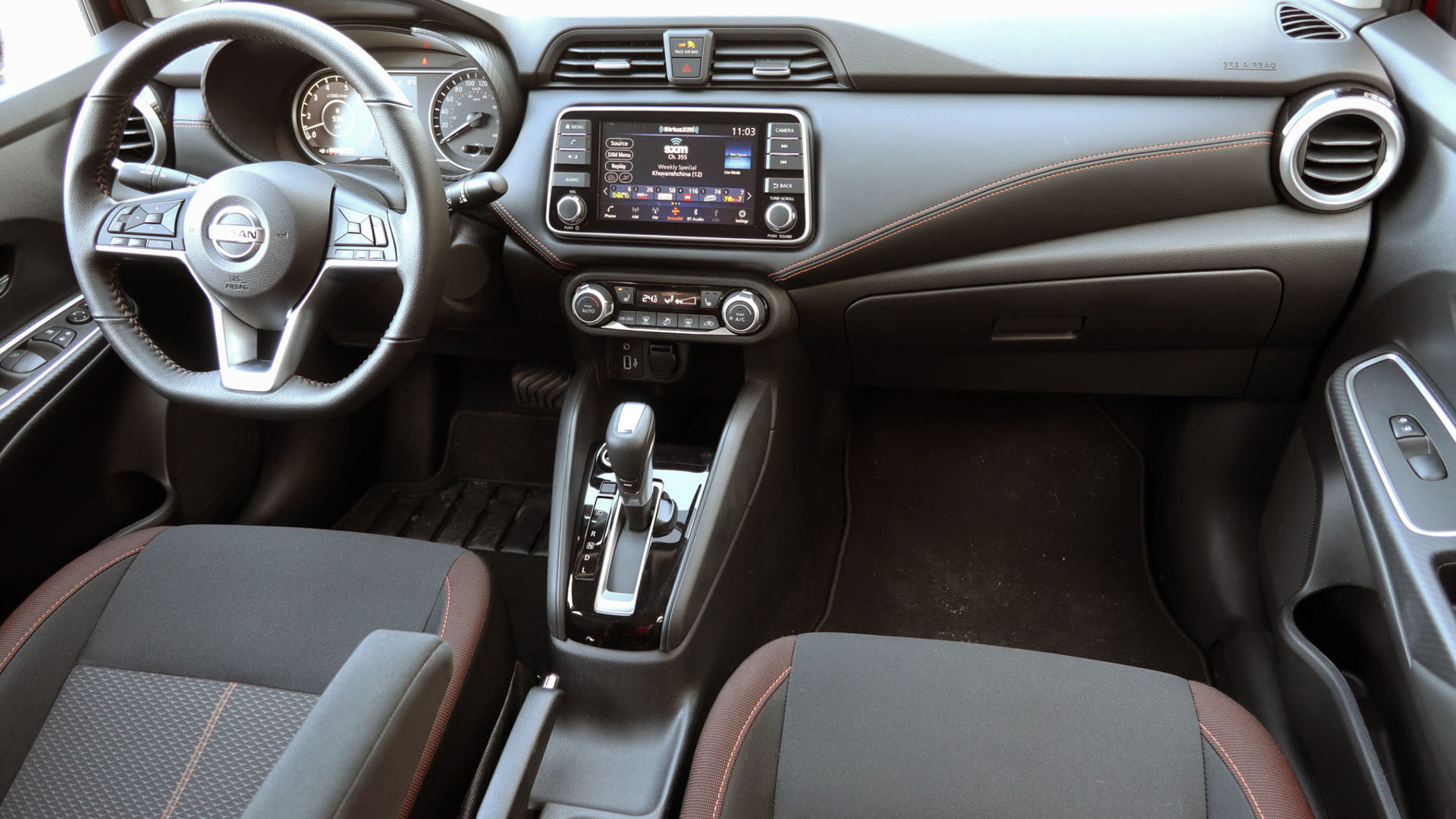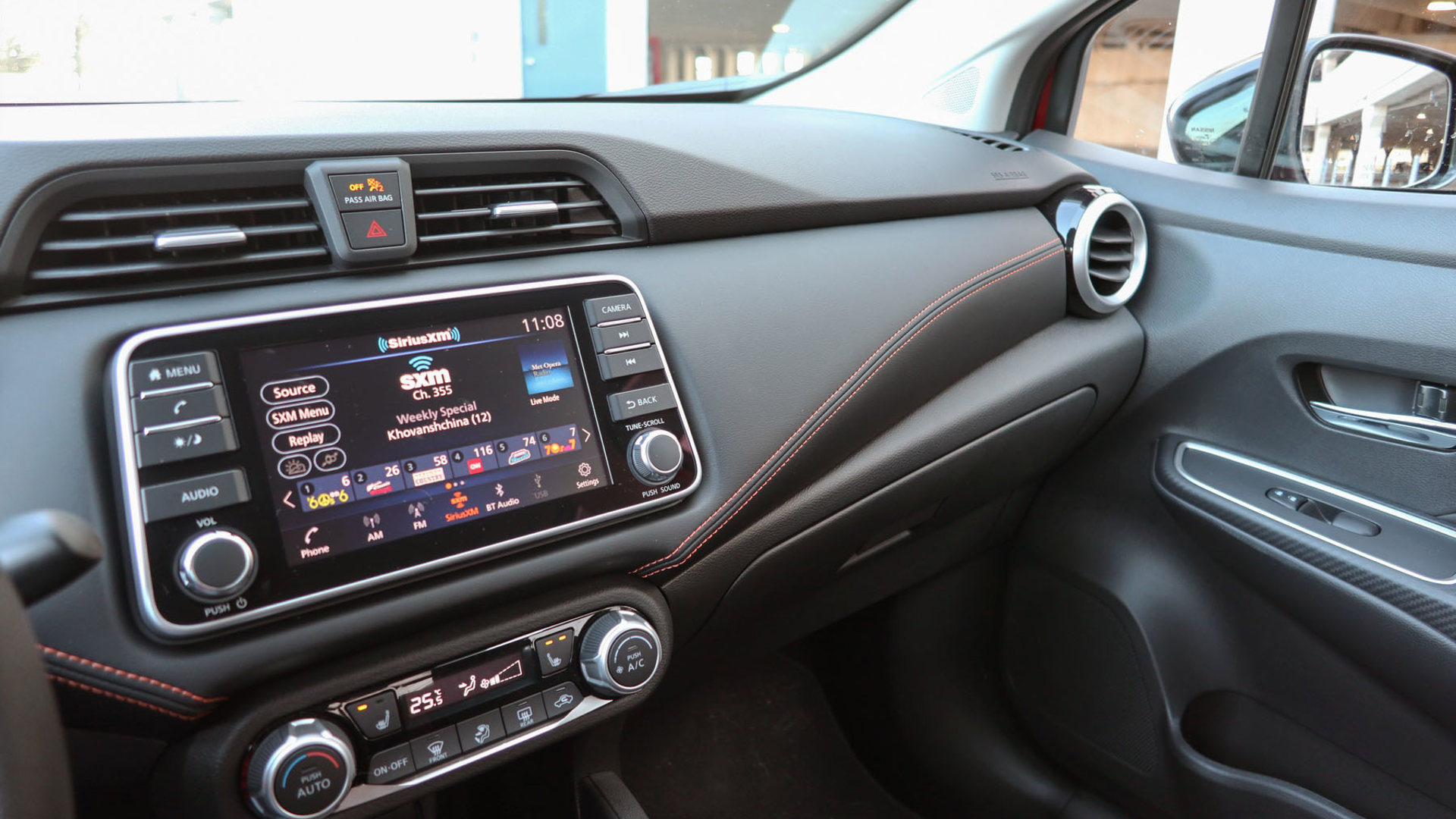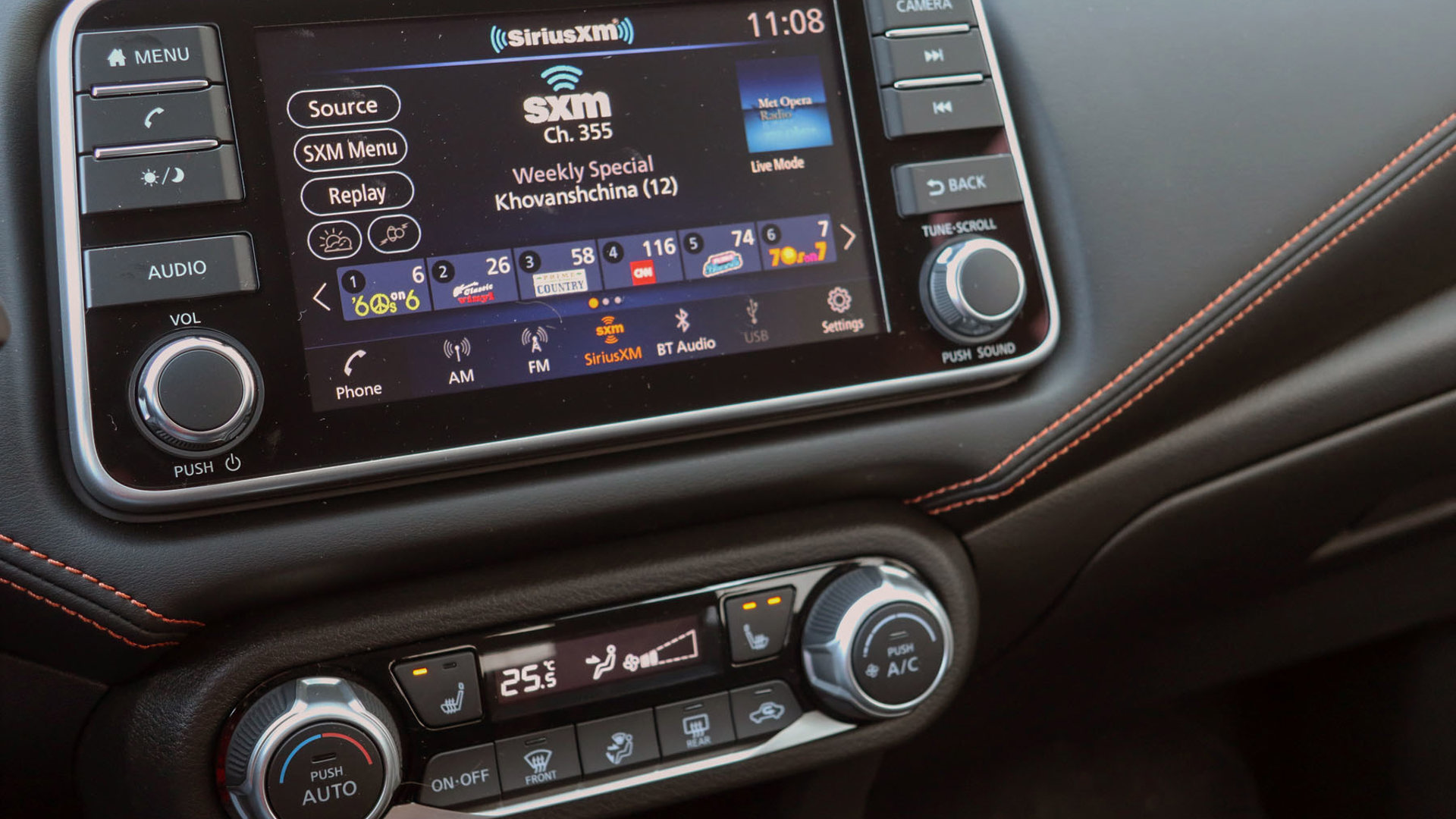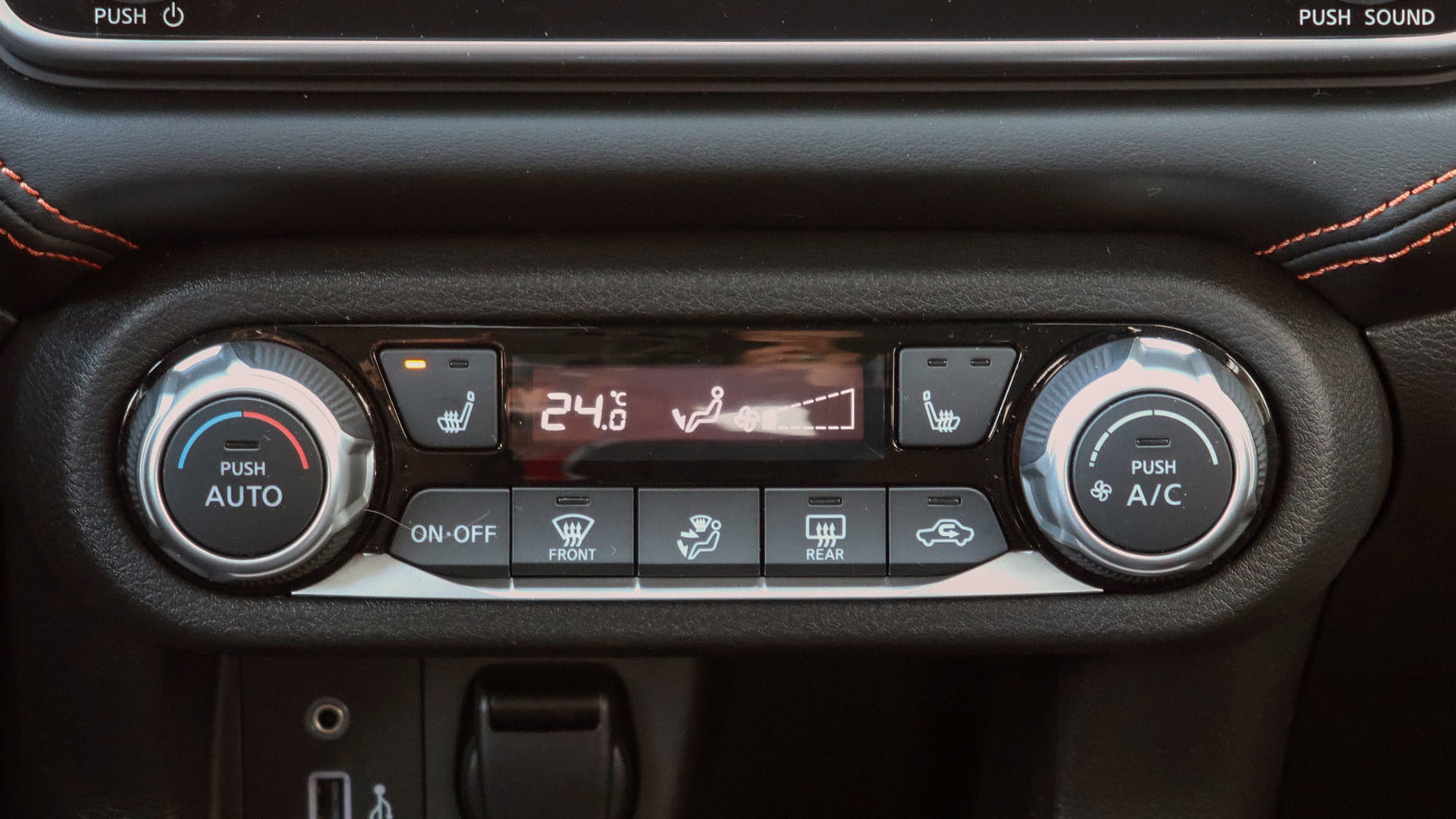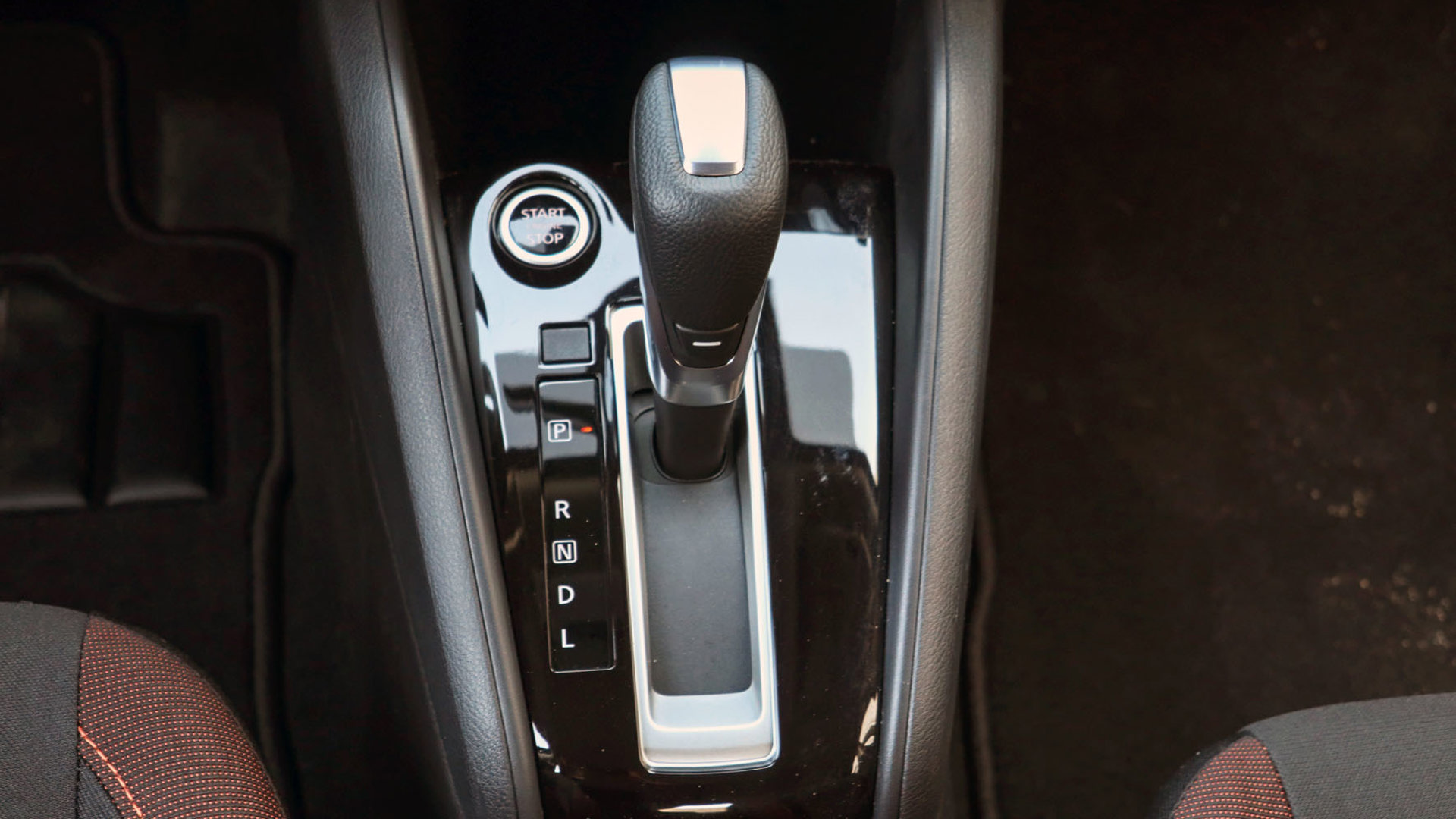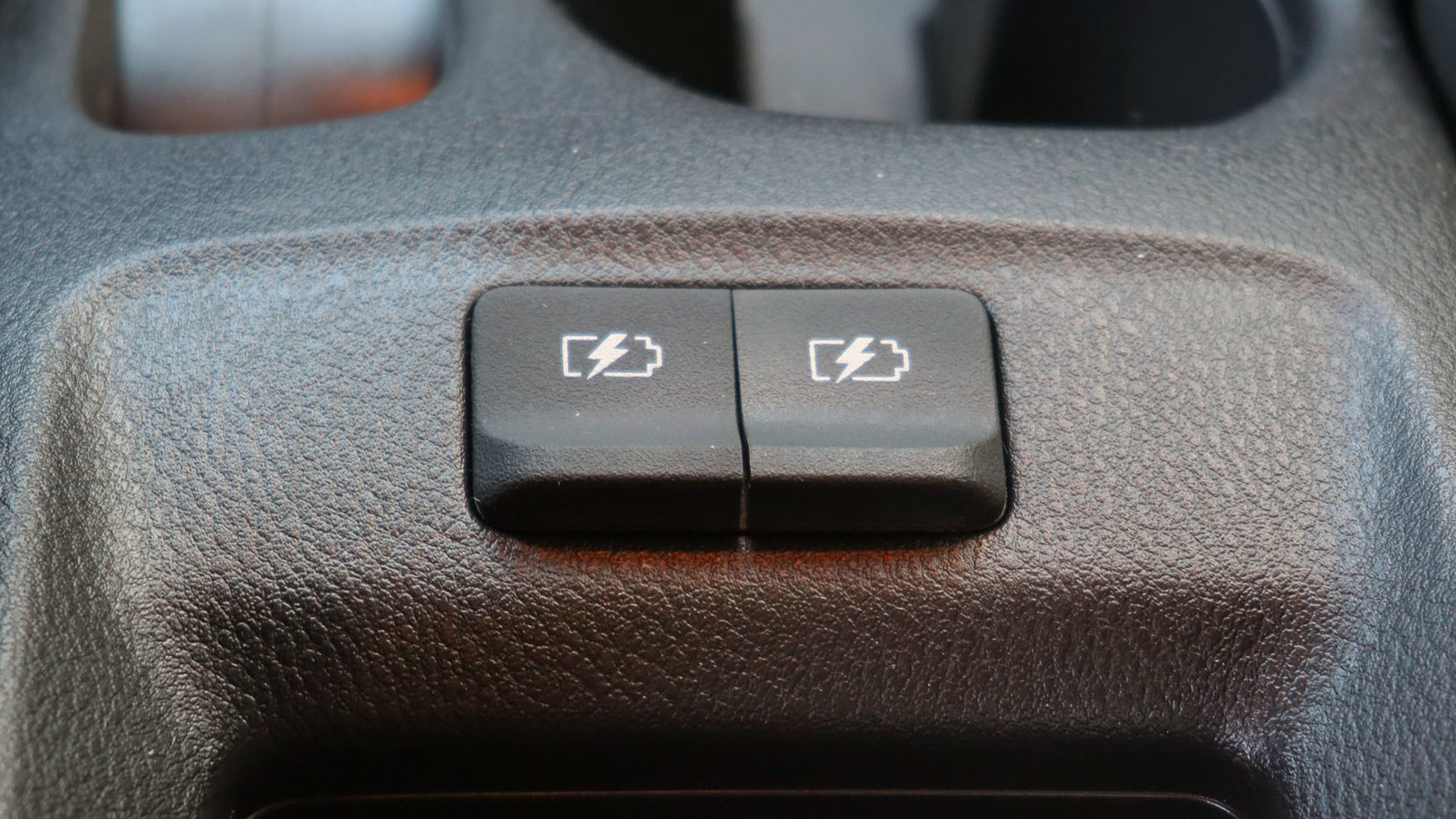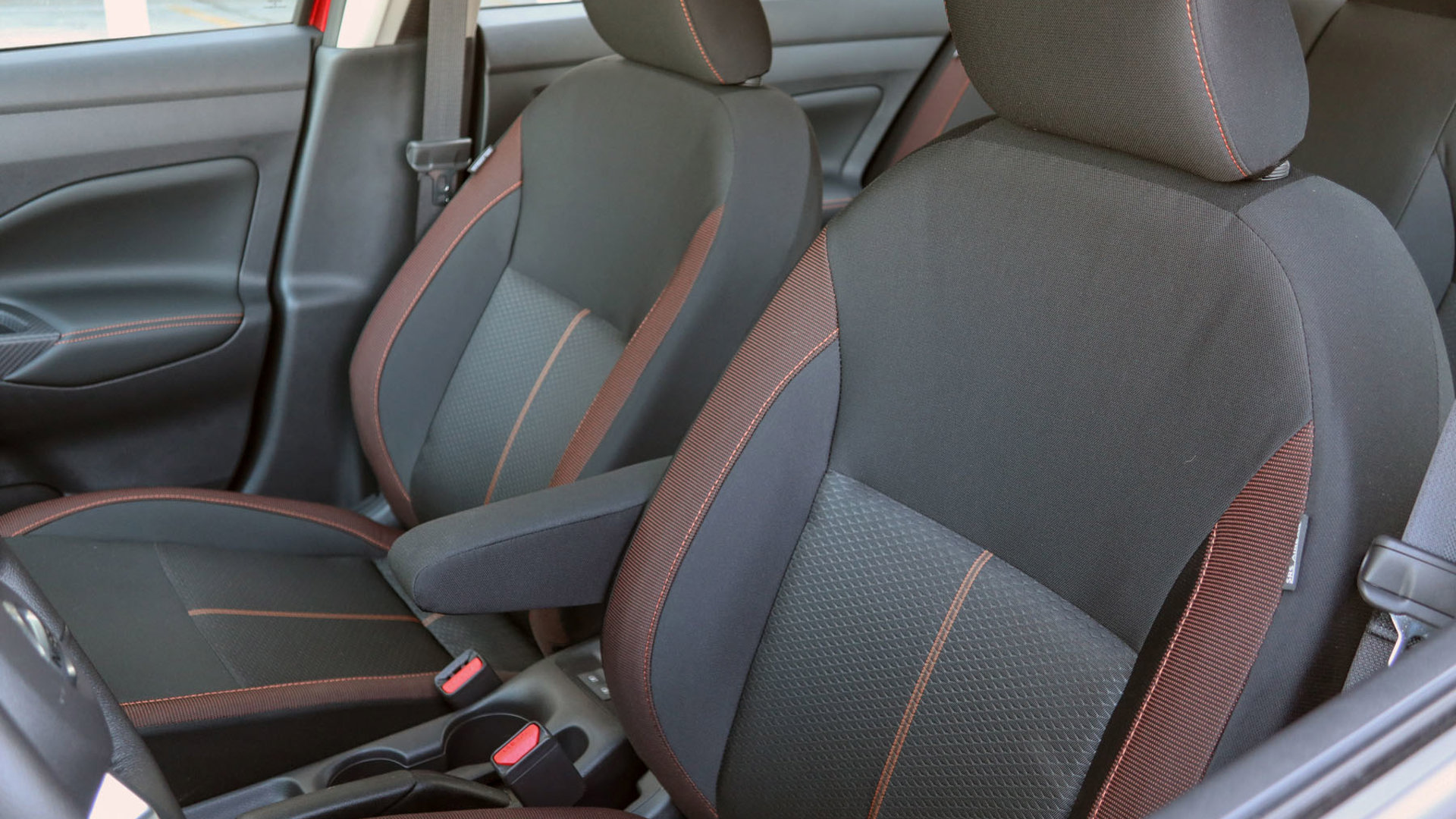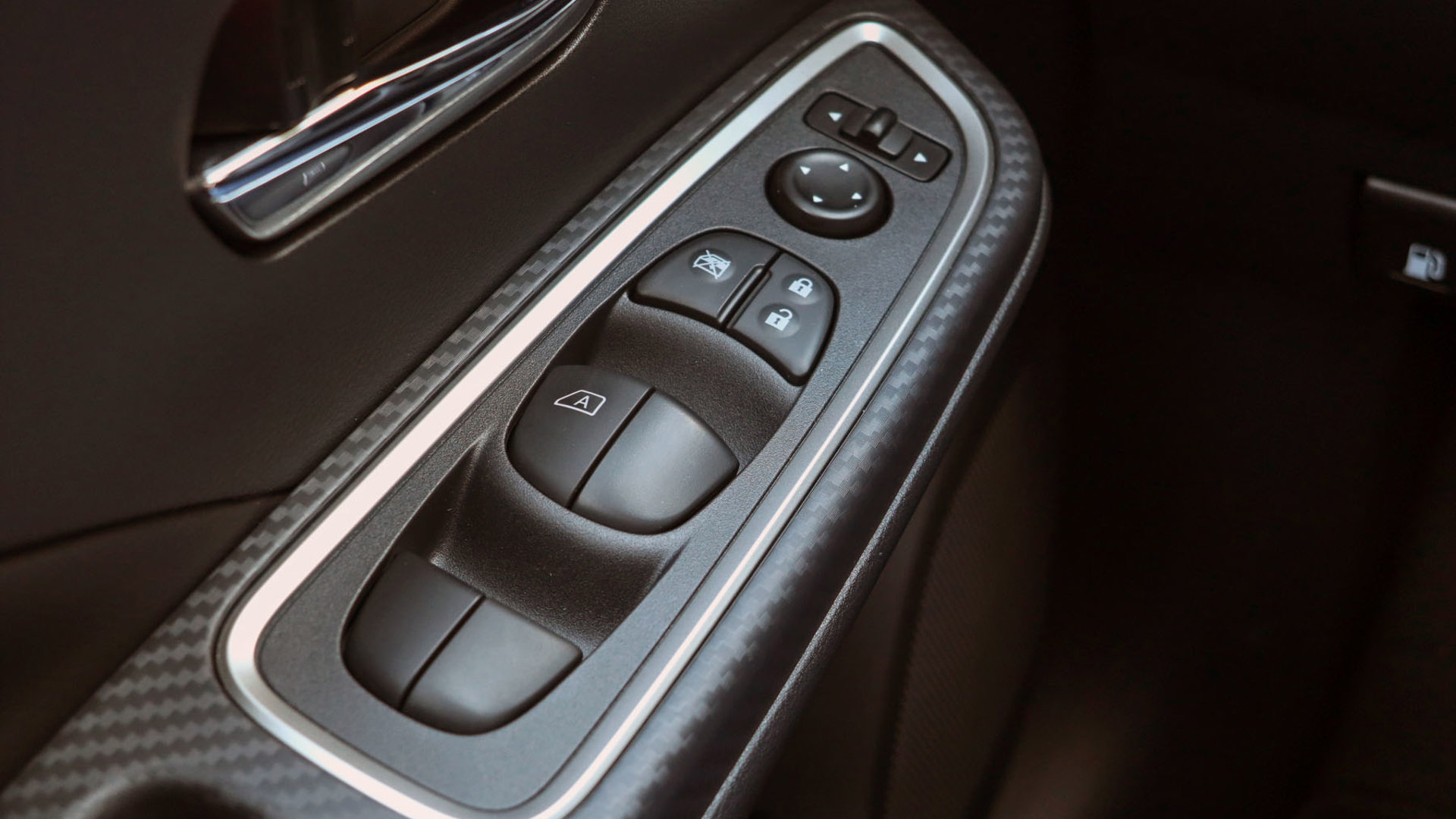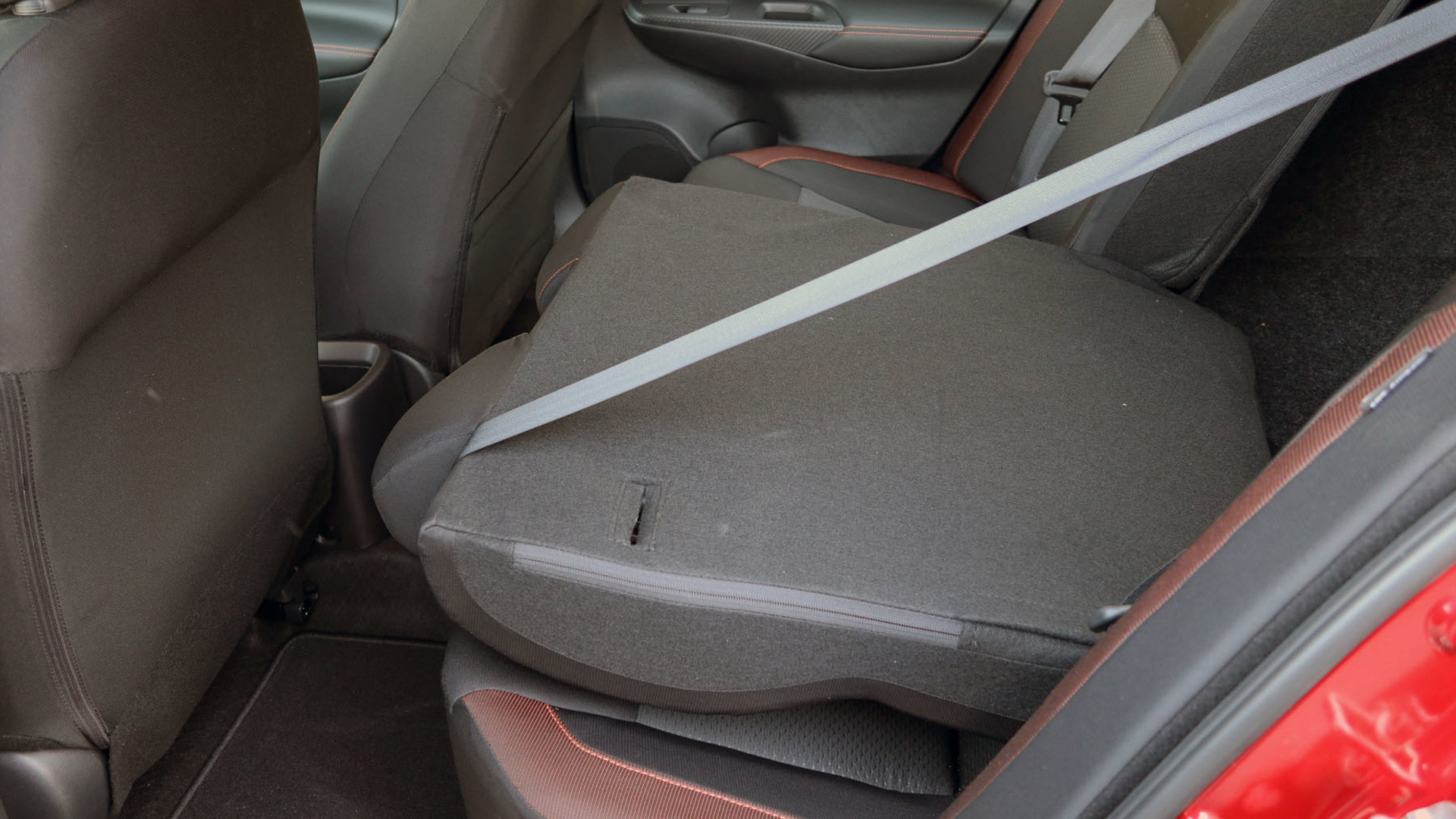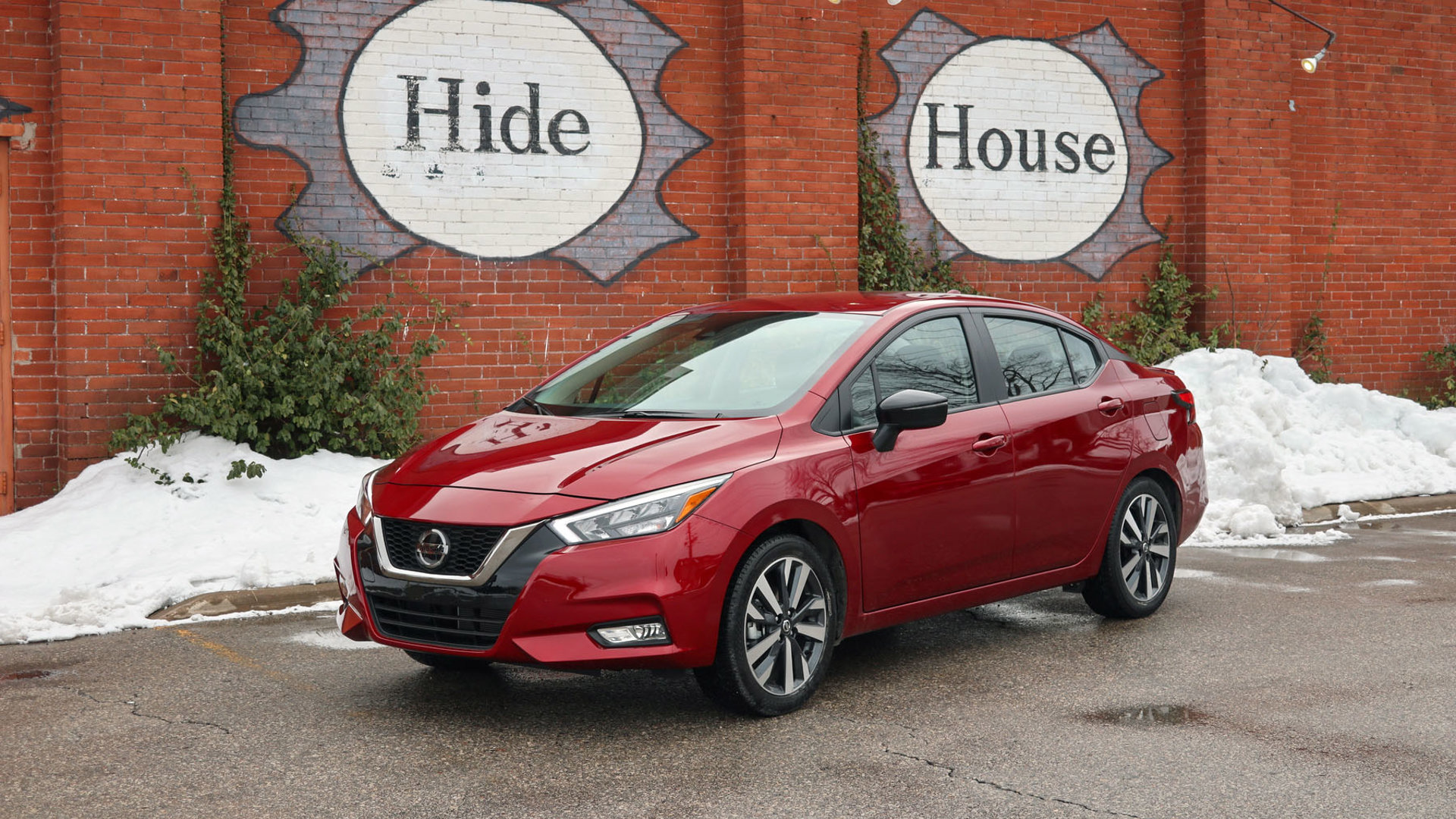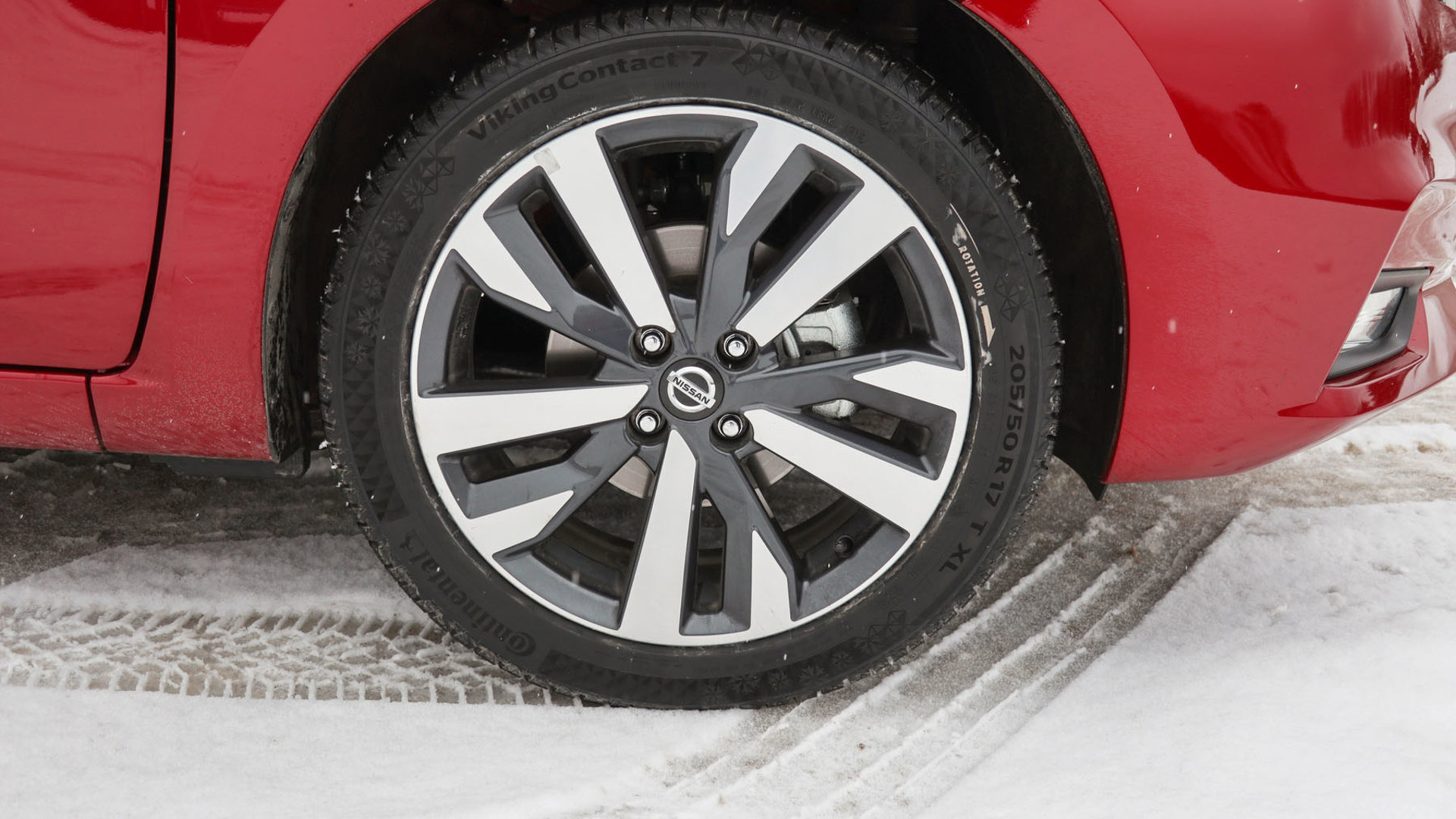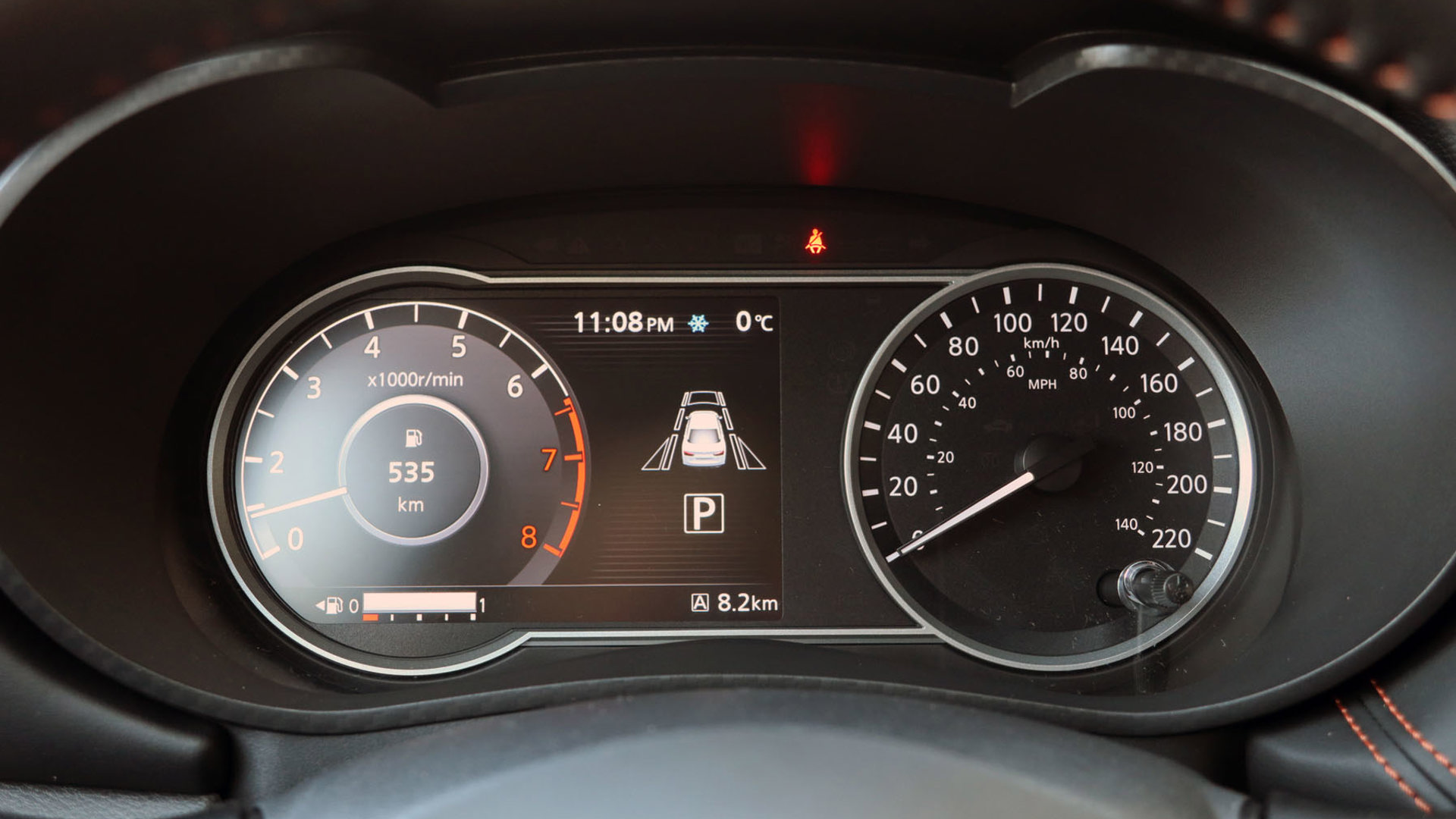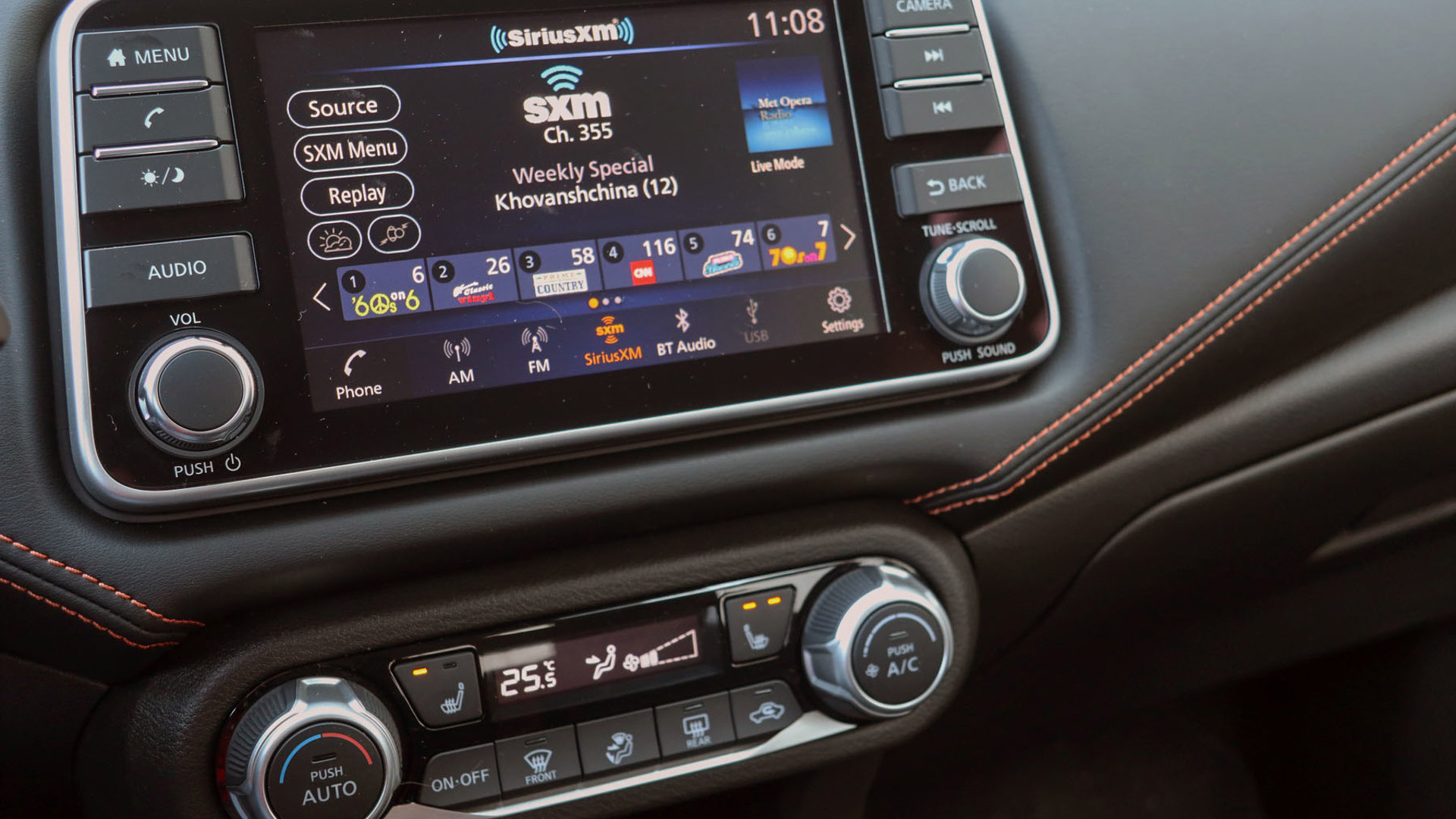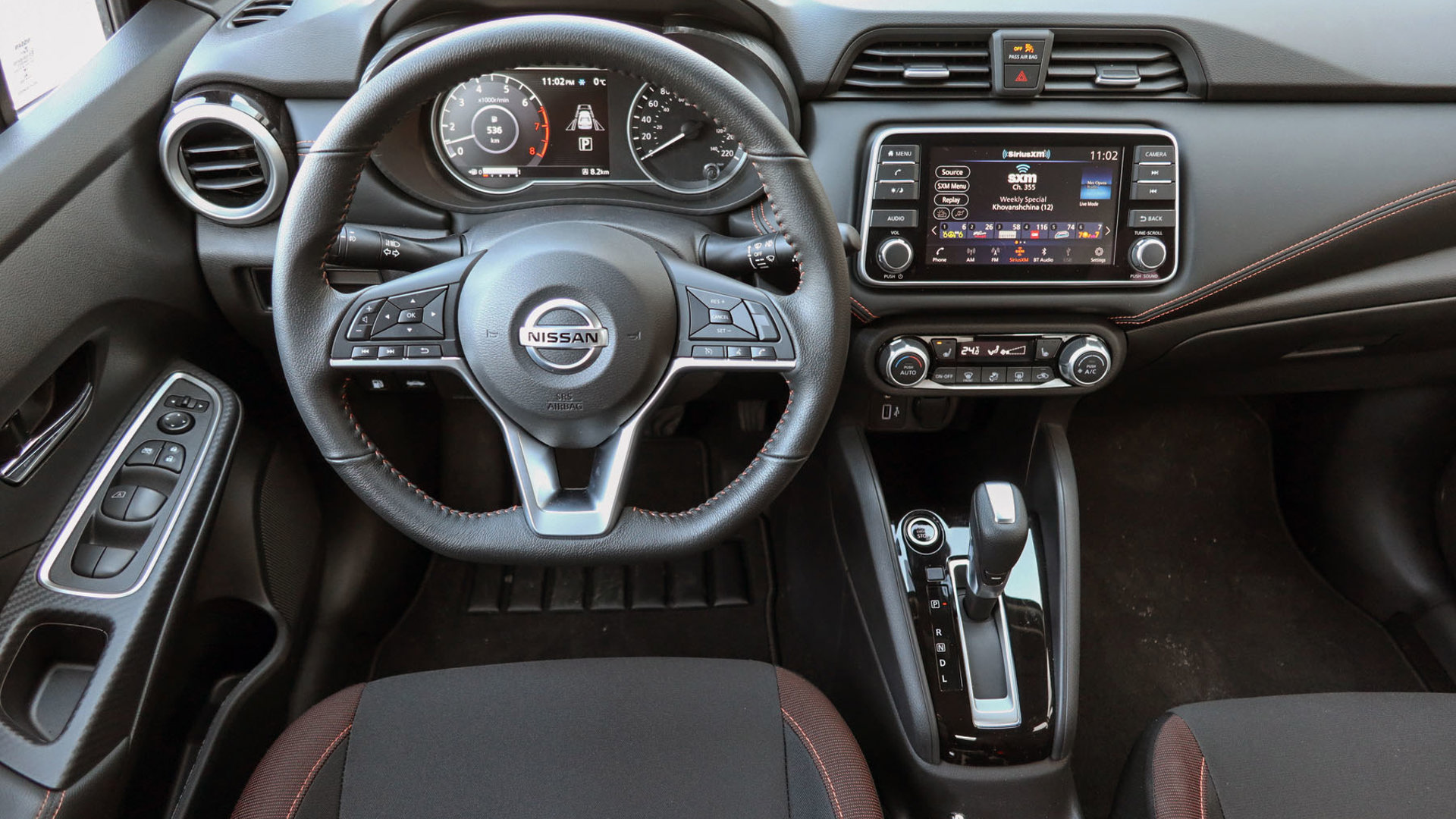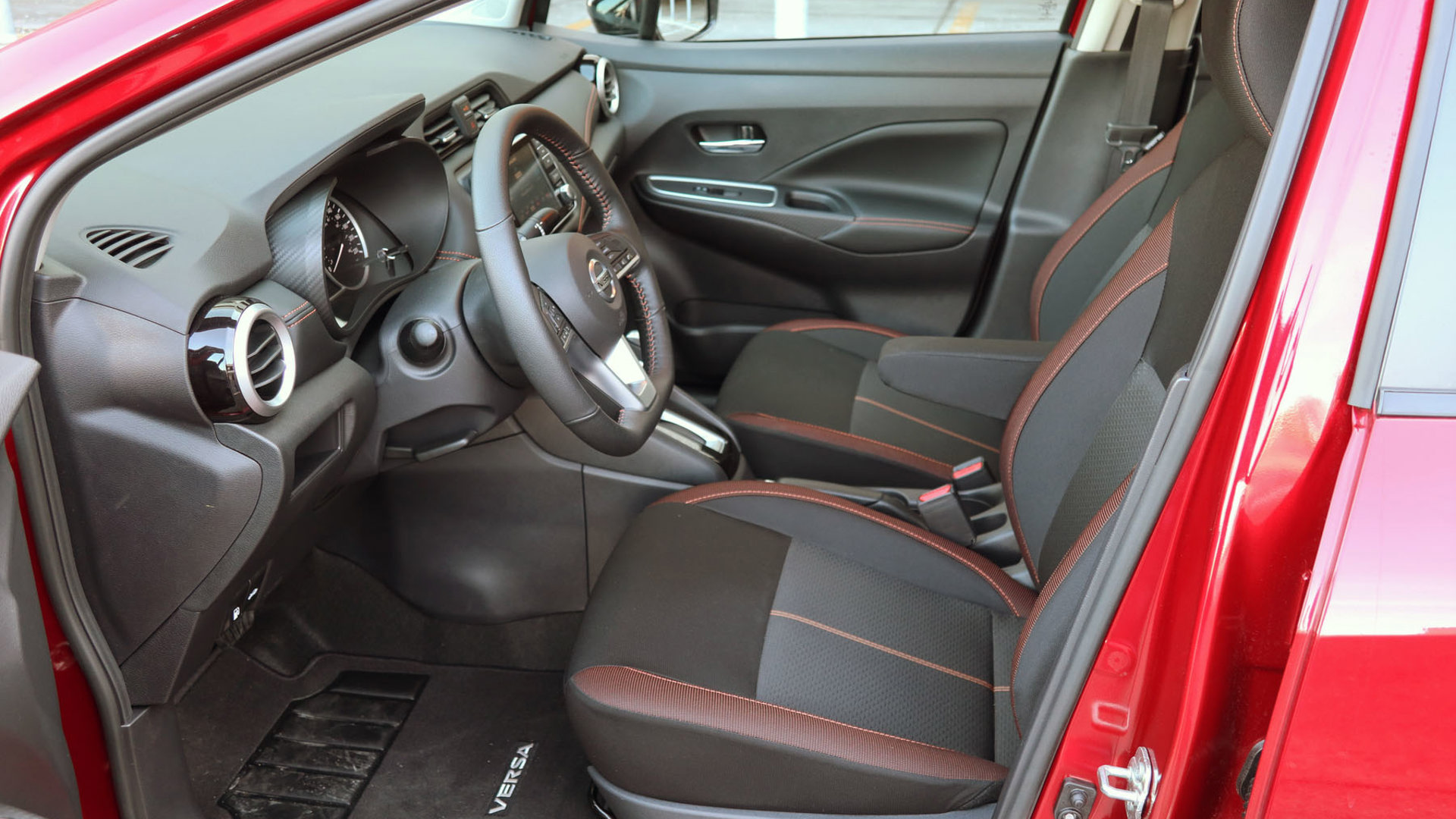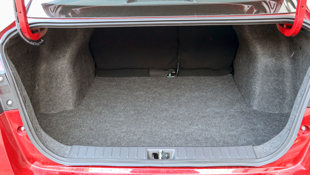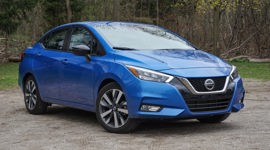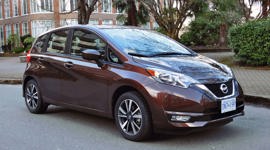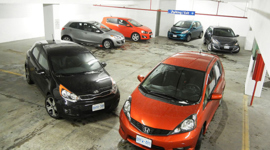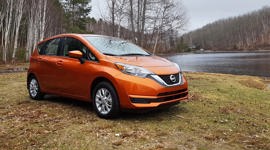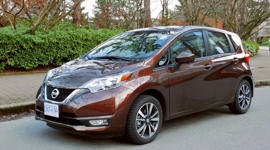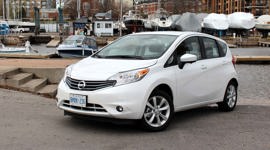Canadians sure love crossovers and SUVs.
That’s been a blow to the conventional car side of the business, with some automakers ditching theirs entirely. And while Nissan has its share of sport utilities, it’s also doubling down on the small-car side, first with the redesigned Sentra, and now with the reborn 2021 Nissan Versa sedan.
It’s competing in the extreme niche of subcompact sedans, where pretty much its only direct rival is the Kia Rio. Even the subcompact hatchback selection is thin these days – there’s pretty much the Chevrolet Spark, Mitsubishi Mirage, and Rio hatch left after Hyundai dropped the Accent, Toyota axed the Yaris, and Nissan put its Micra out to pasture.
The Versa was actually redone for 2020, but only for American customers, and in Canada we’re getting it now as it rolls over into the 2021 model. The previous generation included the Note hatchback, but it’s not coming back. Shoppers are being pushed towards the subcompact Kicks crossover instead, which shares the Versa’s platform.
So why bother, especially when the competition is leaving? Nissan Canada says it’s because the Versa now takes the place of both the Note and Micra in this entry-level field, and with value in a segment where price is a huge factor. And this good-looking, comfortable little car certainly hands over a lot for the money.
Pricing and Power
It starts at $16,498 for the S trim with a five-speed manual transmission. Adding an automatic continuously variable transmission (CVT) takes it to $17,998. The other two trims are CVT-only: the SV at $19,498, which Nissan expects to be the volume-seller, and the car I drove, the SR at $20,998. Add $1,670 for freight to all of them.
All trims use a 1.6L four-cylinder engine, and while the old Versa did, too, this one’s a new version. At 122 hp, it’s a 12 per cent power improvement over the last one, and its 114 lb-ft of torque is up by seven per cent. With the CVT, the official fuel economy rating is 7.4 L/100 km in the city; 5.9 on the highway; and 6.7 combined. While I didn’t do a detailed mileage check on my day’s drive in it, my car’s computer indicated I was getting 6.5 L/100 km.
Slick Styling
If you’re only familiar with the old Versa’s looks, you might not recognize this new one. Value-priced vehicles seldom look value-priced anymore, and the Versa certainly doesn’t. The nose features the company’s signature styling cues, including the grille, while a blacked-out rear panel gives the impression of a floating roof as is done with the Sentra, Altima, and Maxima. Compared to the old Versa sedan, it’s lower, wider, and longer.
The interior is also vastly improved, with a far more upscale appearance that still retains simple, easy-to-use controls. The SR exclusively gets its lower dash wrapped in leather-look fabric with contrasting stitching, but all trim levels get the seven-inch centre touchscreen.
What you really notice is the cabin’s roominess, which has also become a hallmark for most of these “smallest” cars. There’s lots of space front and rear, and when I sat in the back chair with the front one slid all the way rearward, I still had knee room, plus space to slip my feet under the front seat. Volume-wise, the Versa rings in at 2,517 L of cabin space – and by comparison, the Toyota Corolla, a next-segment-up compact sedan, measures 2,509 L. The Versa’s cabin is slightly smaller than the Kia Rio, but the Versa’s trunk is larger. For extra cargo, the rear seats fold down.
Easy to Live With
The Versa features Nissan’s comfort-designed, so-called “Zero-Gravity” seats. They supported my spine, although the cushion got a bit hard on my butt during my day’s drive. All trim levels have a manually adjustable driver’s seat, and the SV and SR put an armrest on it, although the passenger does without.
This new engine’s numbers don’t sound all that impressive on paper, but it works just fine. It’s peppy on city streets, and promptly gets up to highway speeds. Once you’re there, it gets a bit breathless when you ask it firmly for more passing power, but that’s to be expected. The CVT also does a great job, and most of the time it feels more like a conventional transmission than a gearless one.
The ride is generally smooth and composed, although the car’s value-subcompact bones are evident here as the suspension is noisy over bumps, even those that only minimally shake up the cabin. The steering is light and feels a bit vague at lower speeds – the laid-to-rest Micra is still a shining example of how sharp-handling a little car can be – but it tightens up nicely at higher speeds, and the car feels well-planted on the highway. The tight turning circle makes it a pleasure to work it around narrow parking lots.
That value proposition is across the price range. The S, starting at $16,498 with the manual transmission, gives you 15-inch steel wheels, air conditioning, cruise control, Bluetooth hands-free phone and streaming audio, three USB ports, four-speaker stereo, and fog lights; the CVT-equipped S, at $17,998, adds heated mirrors and fold-down rear seats. For safety features, all S trims have emergency front and rear braking with pedestrian detection, lane-departure warning (which vibrates the steering wheel if you cross out of your lane), high-beam assist, tire pressure monitoring system (TPMS) with tire fill alert, and the rearview camera that’s mandatory on all new vehicles.
Moving up to the $19,498 SV adds 16-inch alloy wheels, blind-spot monitoring with rear cross-traffic warning, driver alertness monitor, and rear-door alert (which warns if you might have forgotten something or someone in the back seat), along with heated front seats, configurable instrument cluster, Apple CarPlay and Android Auto, satellite radio, and voice recognition.
At my tester’s SR level, for $20,998 you also get 17-inch wheels, LED headlamps, remote starter, proximity key, leather-wrapped steering wheel, and fancier seat fabric.
For comparison, my tester’s equivalent at Kia, the Rio EX, rings in at $20,945, but is slightly less powerful, and while it includes most of the Versa’s comfort features plus a sunroof, it doesn’t have the Versa’s higher-tech safety items.
Final Thoughts
This subcompact sedan segment is just a sliver of Canada’s auto market overall, but I think the 2021 Nissan Versa is going to do well in it. It looks good, comes packed with features – including safety items that could prove invaluable to new or younger drivers – and it’s priced well for what you get. Before you automatically head for the crossover aisle, give this one a second look.
